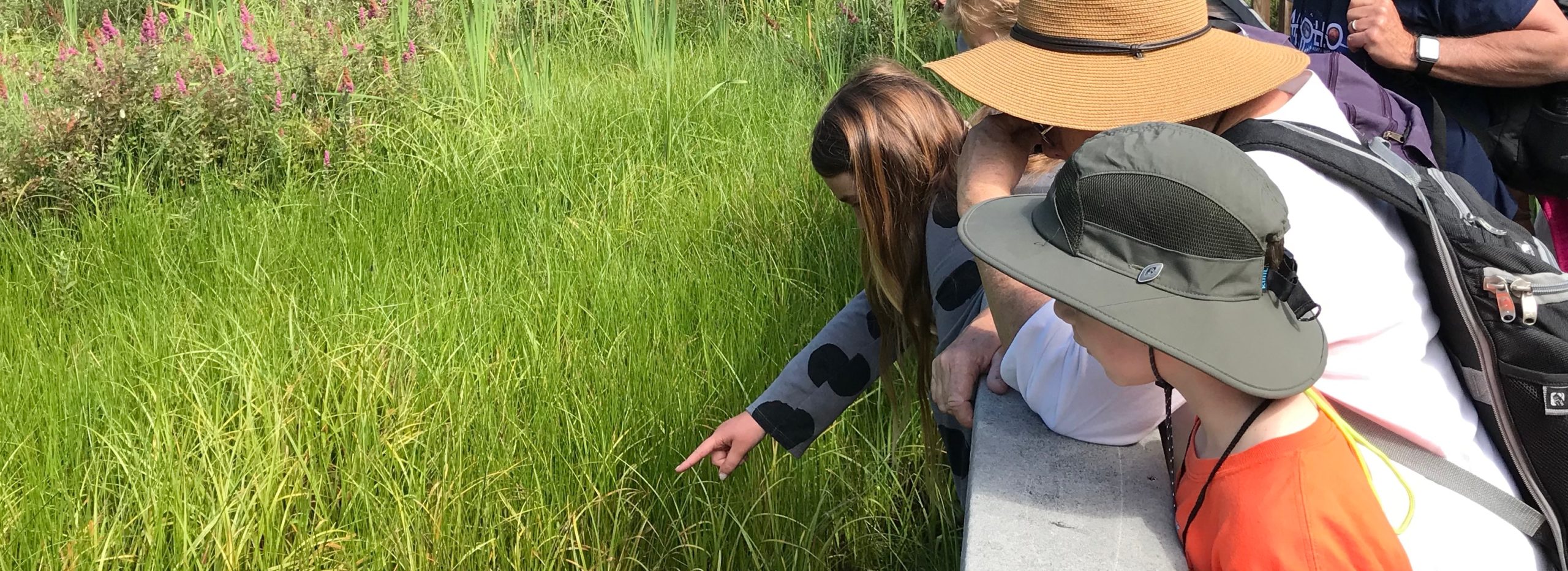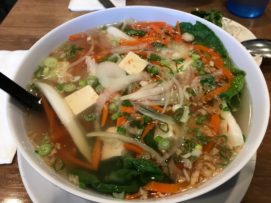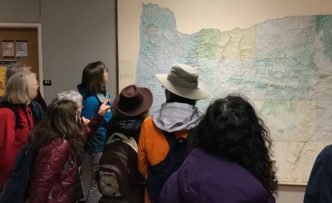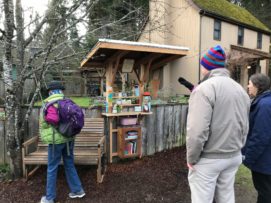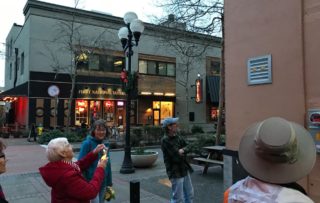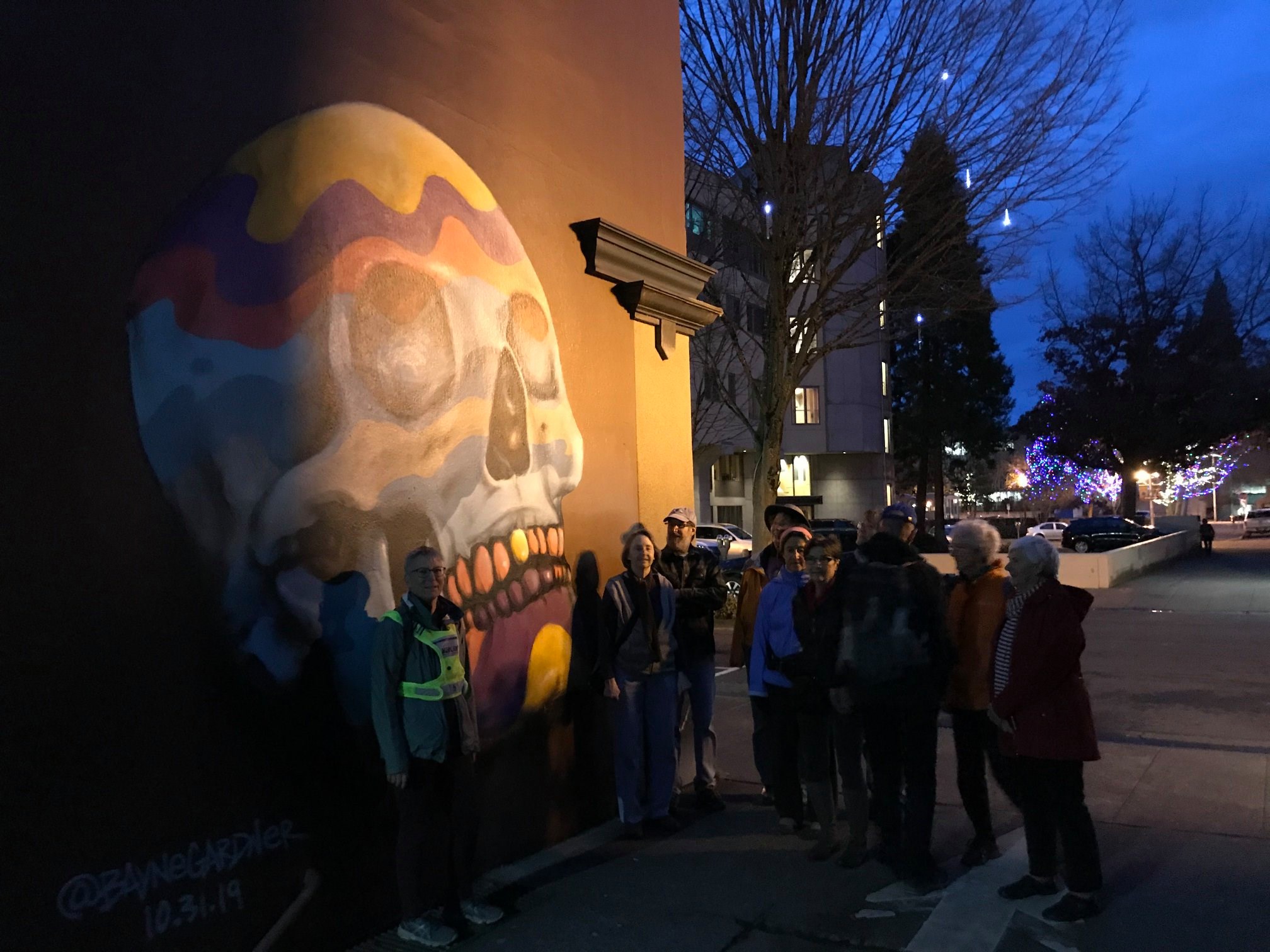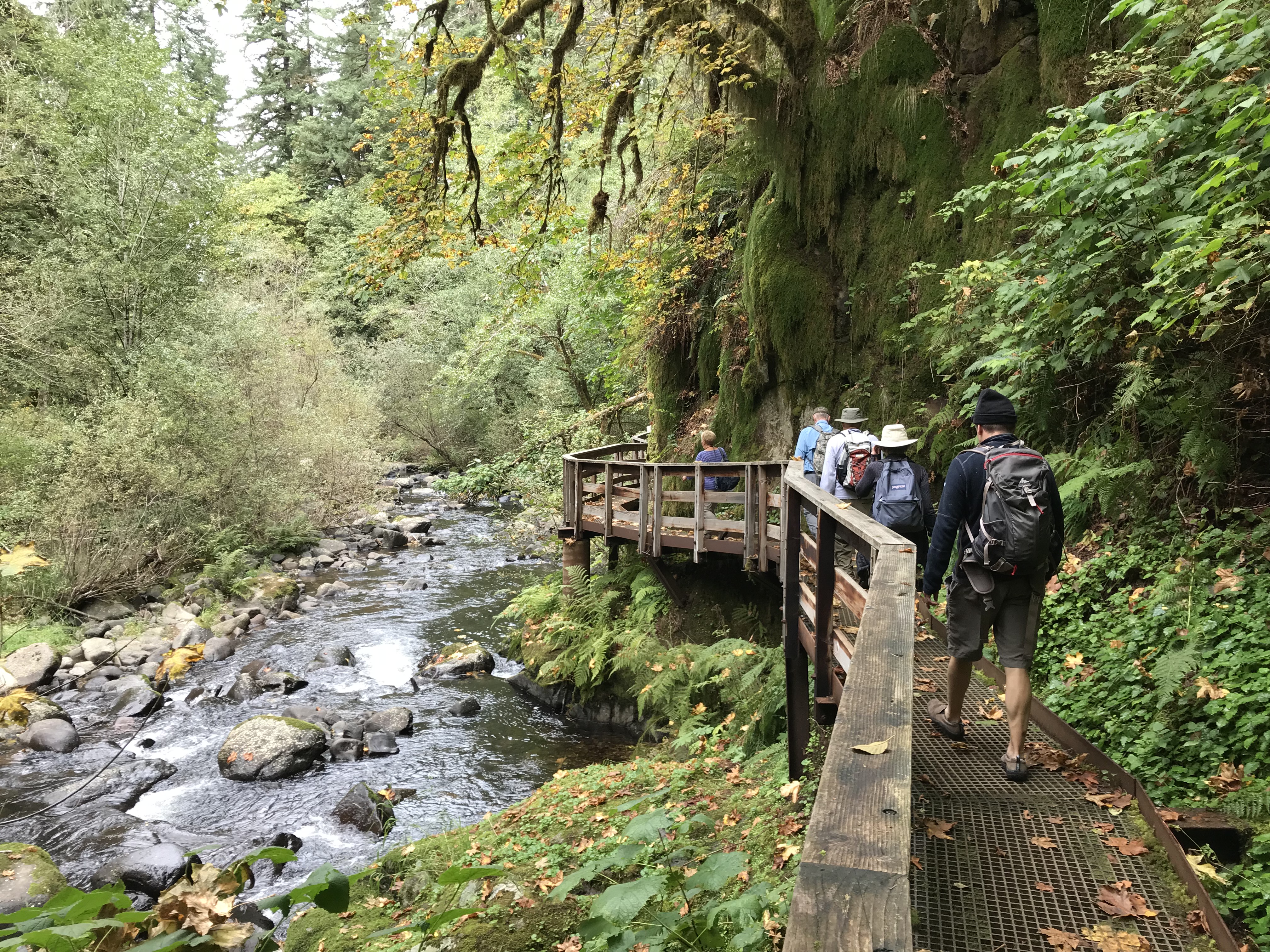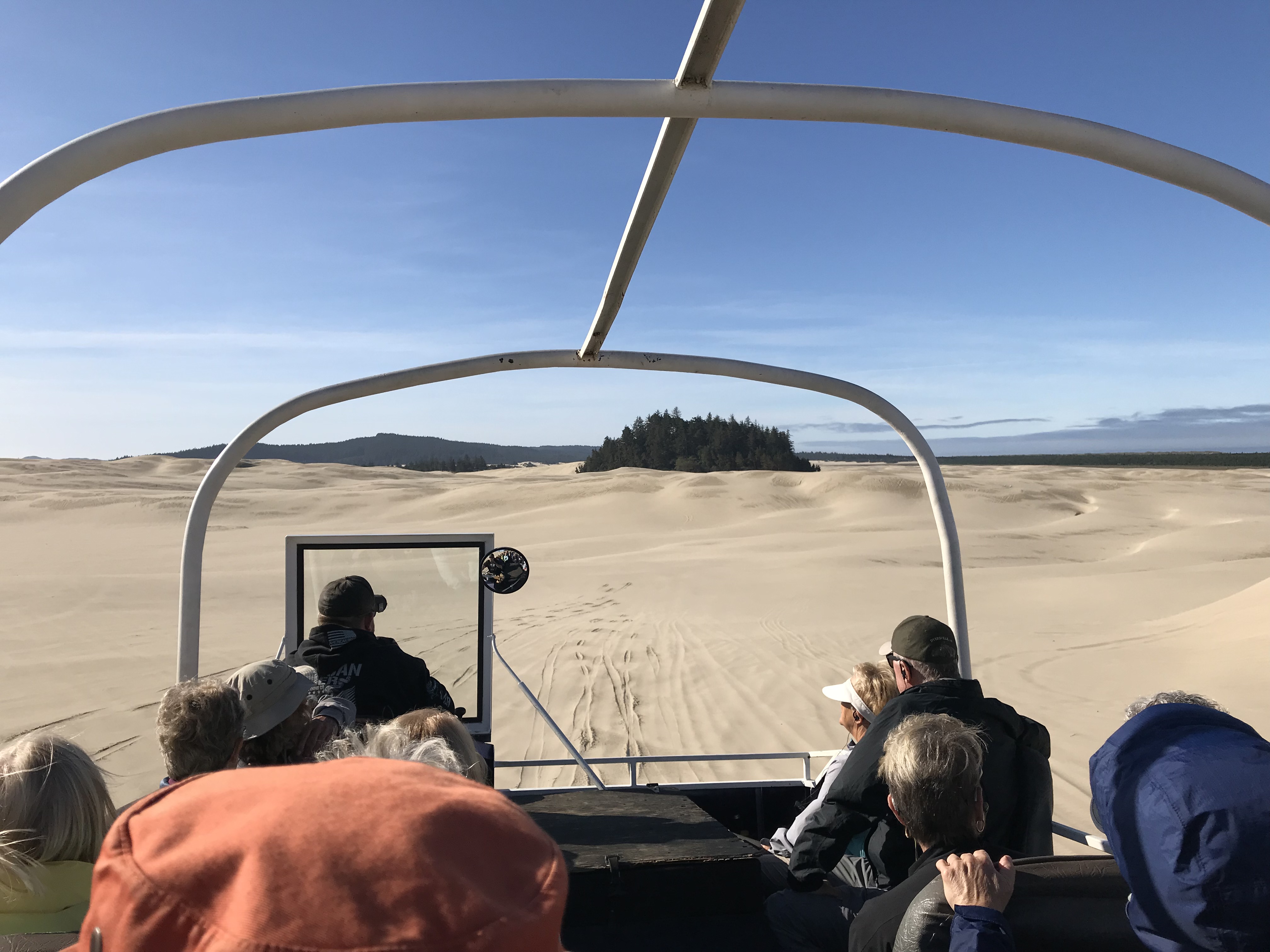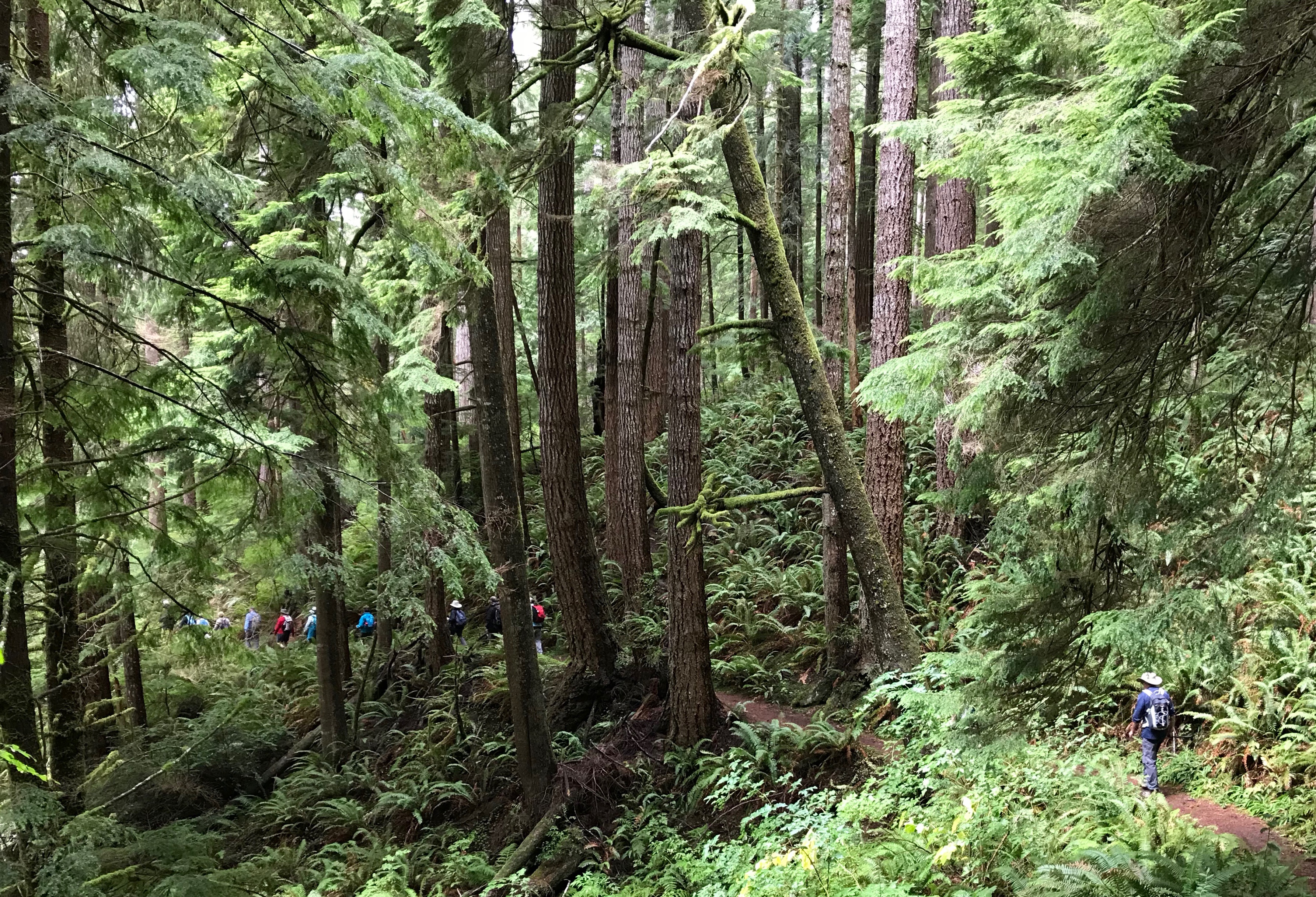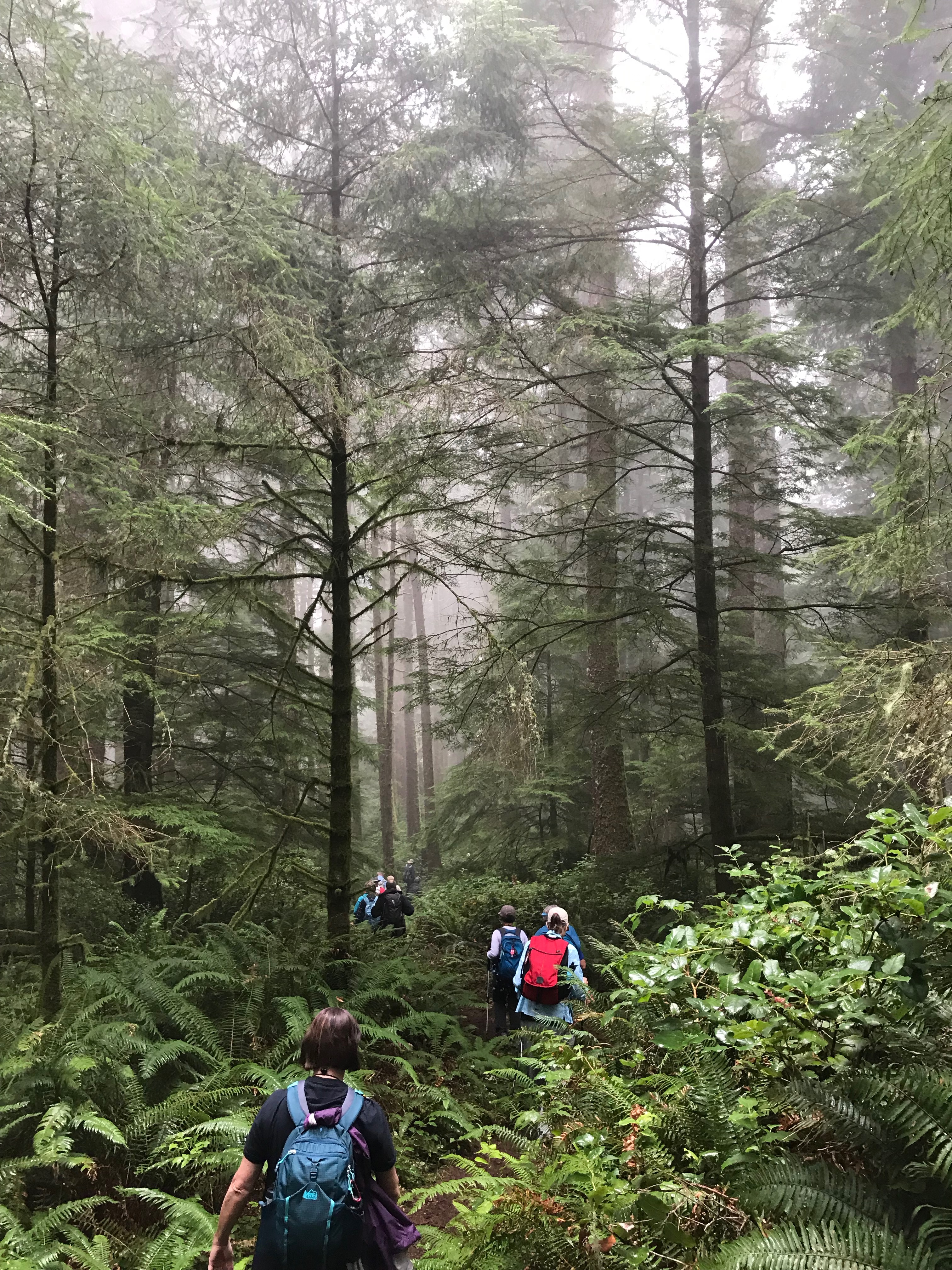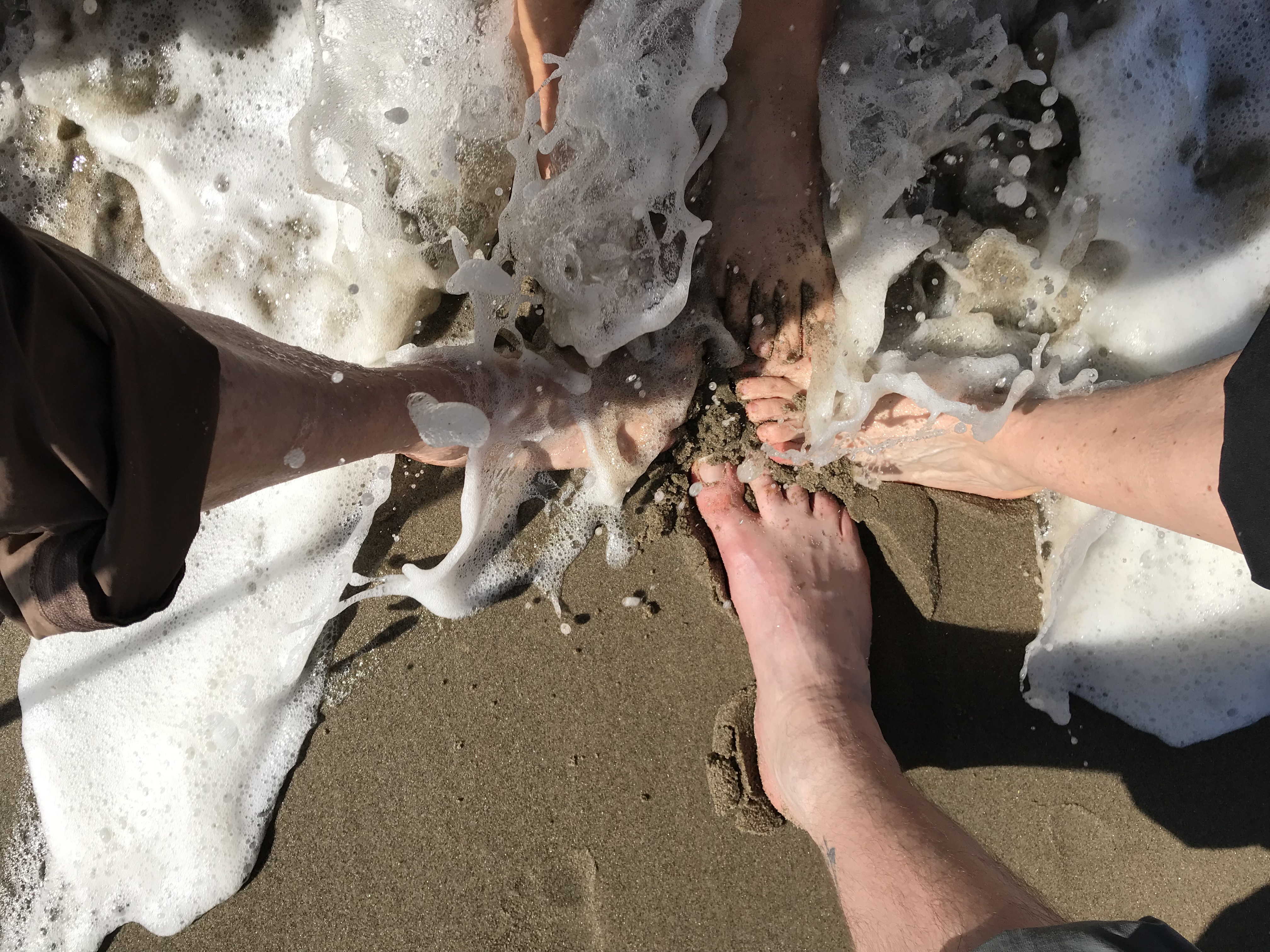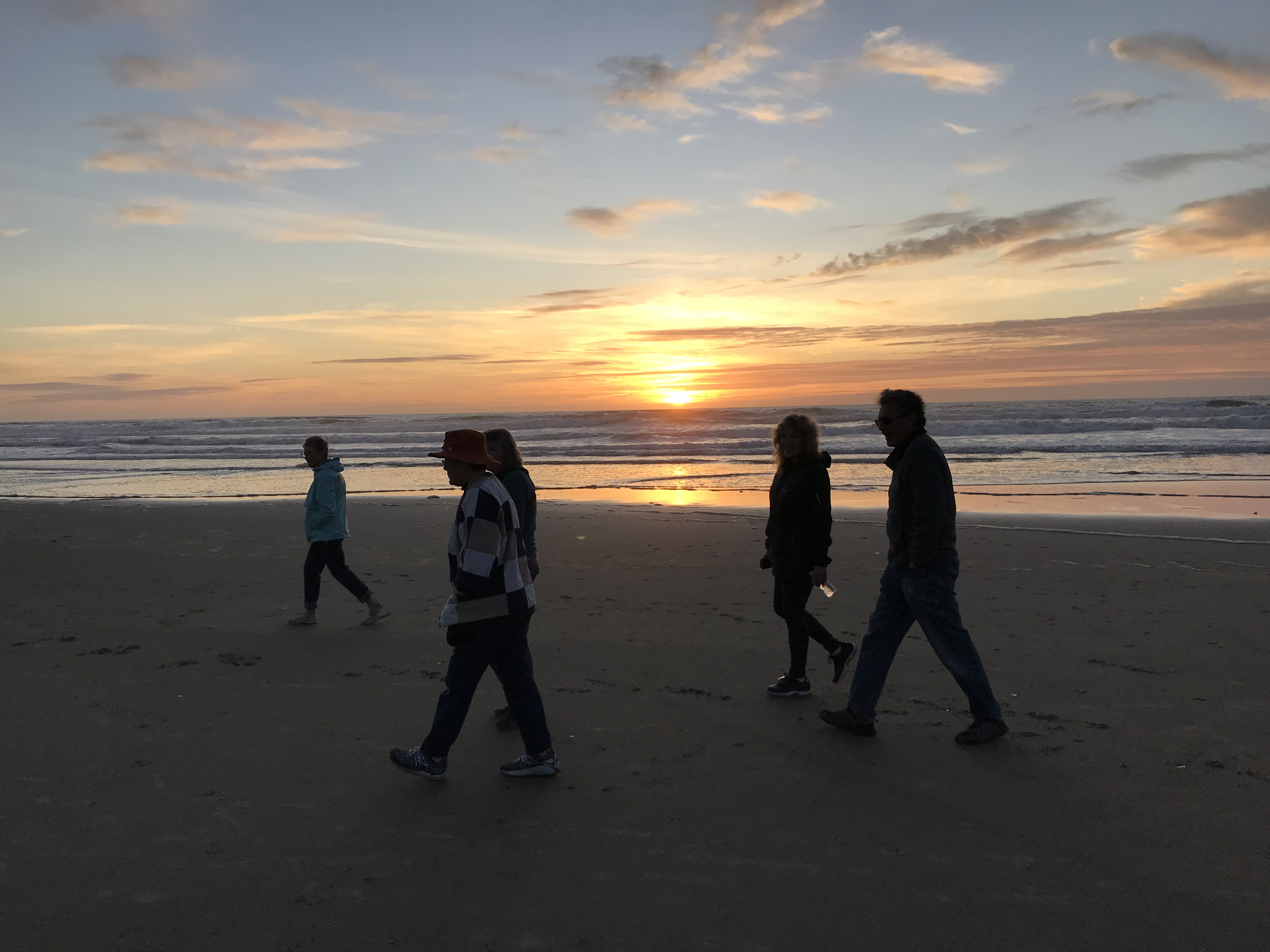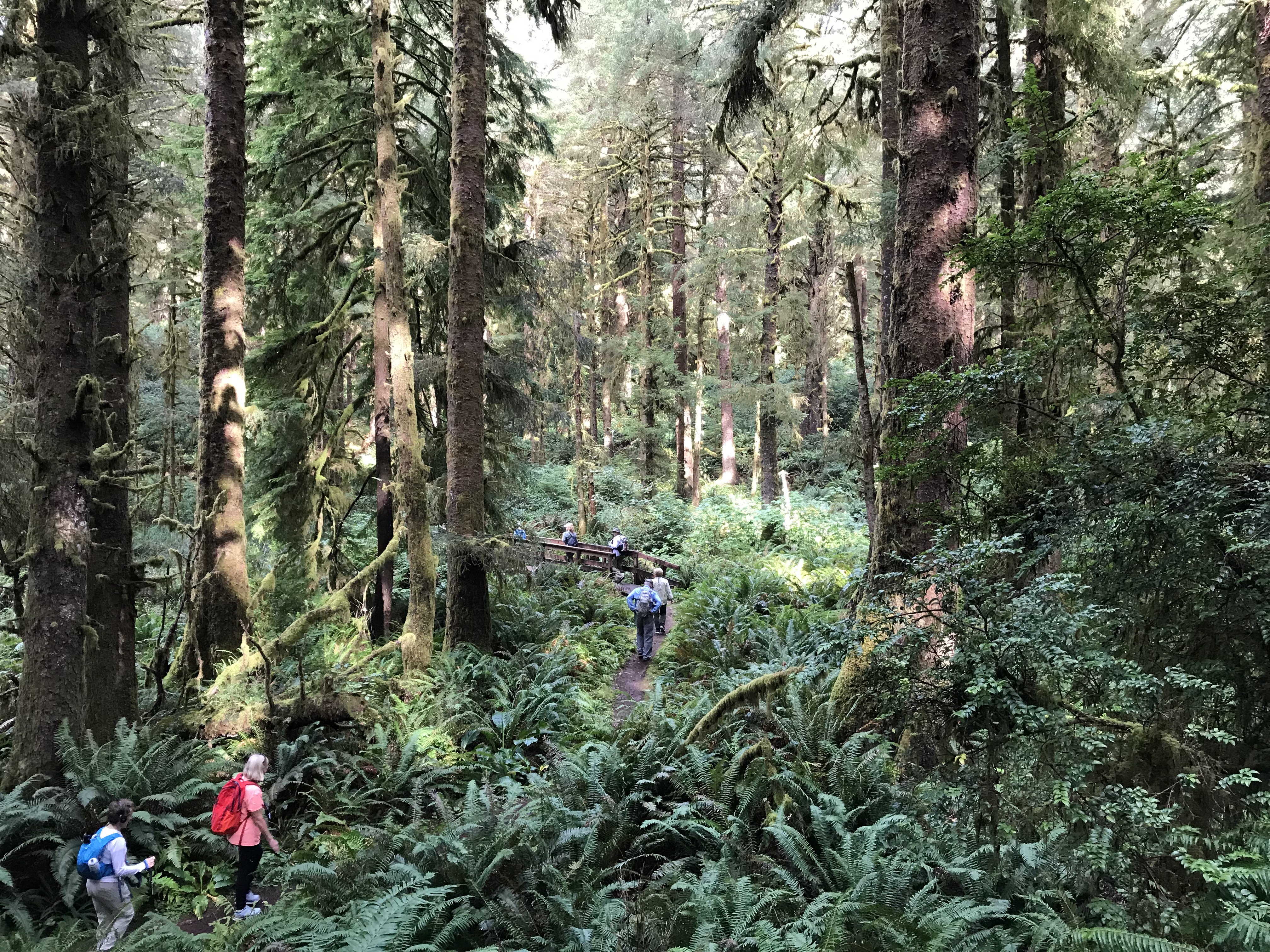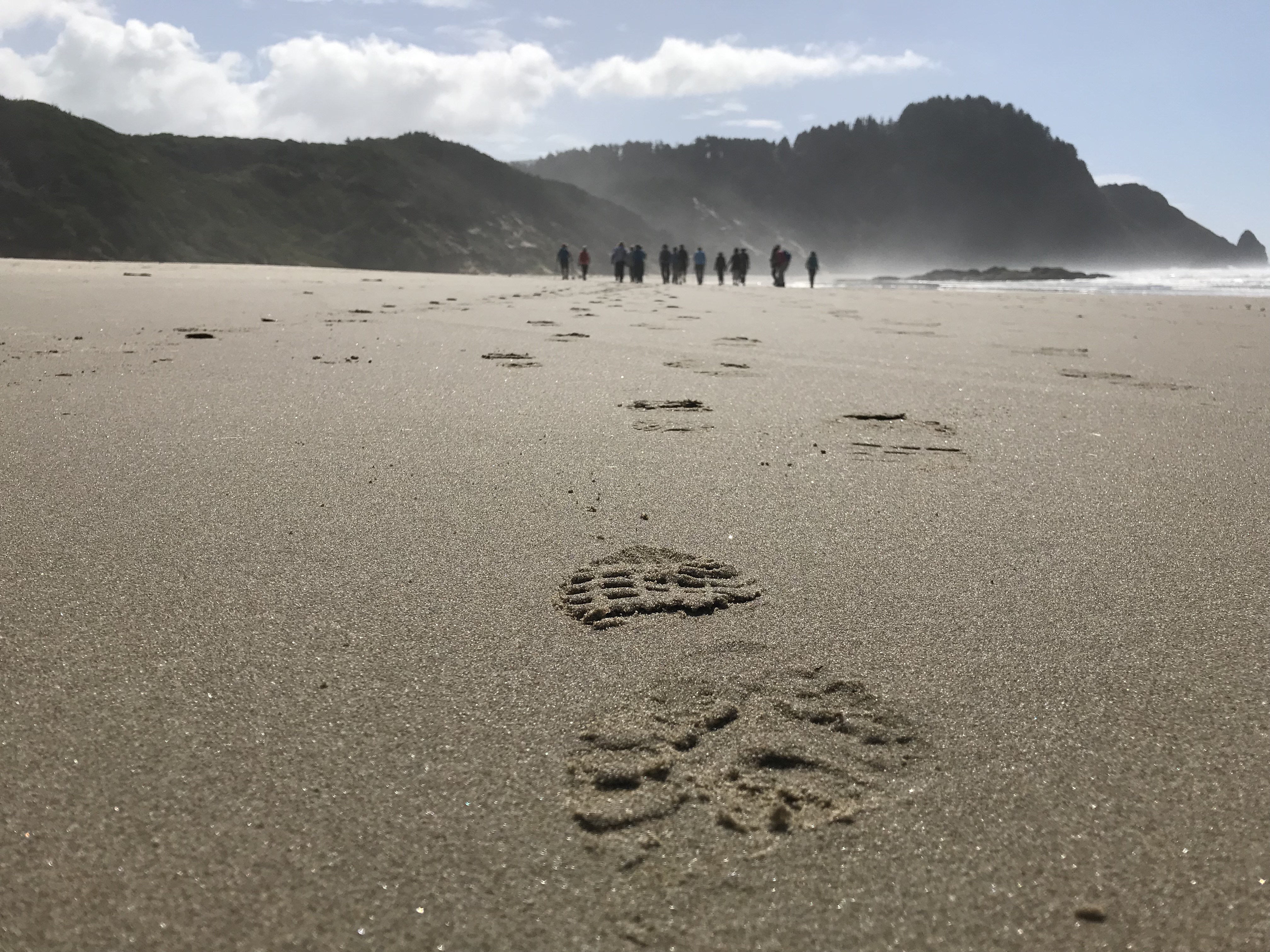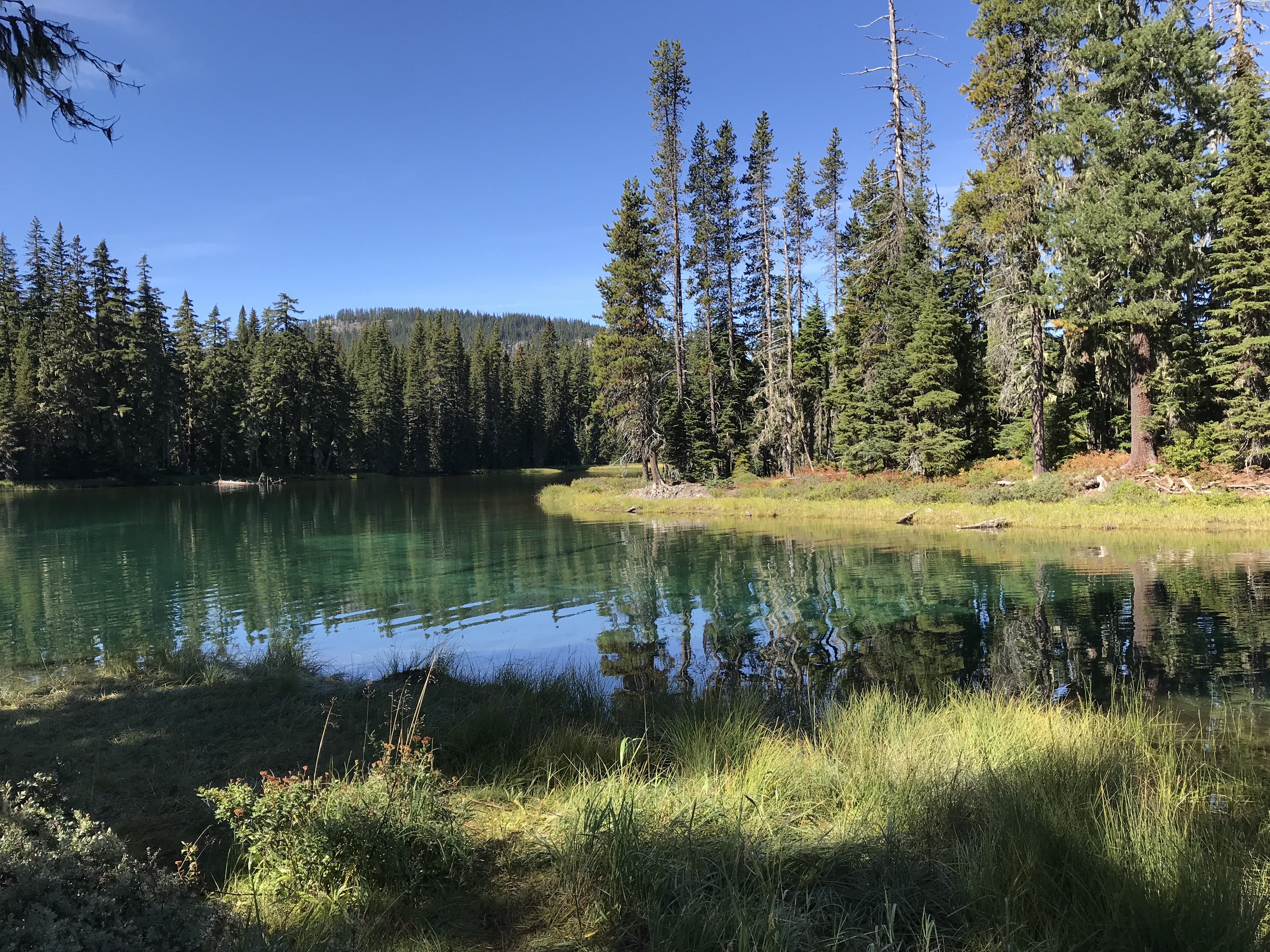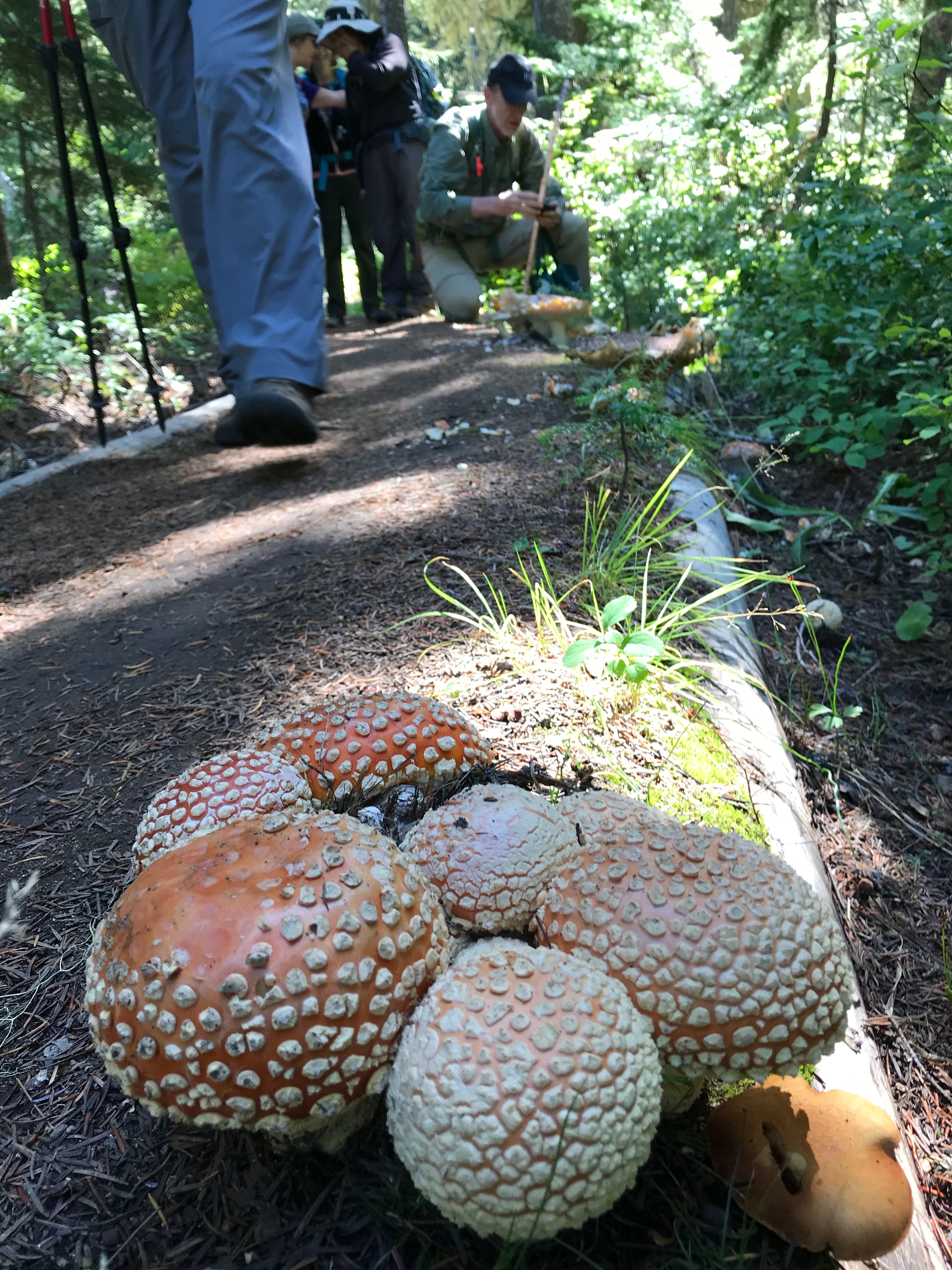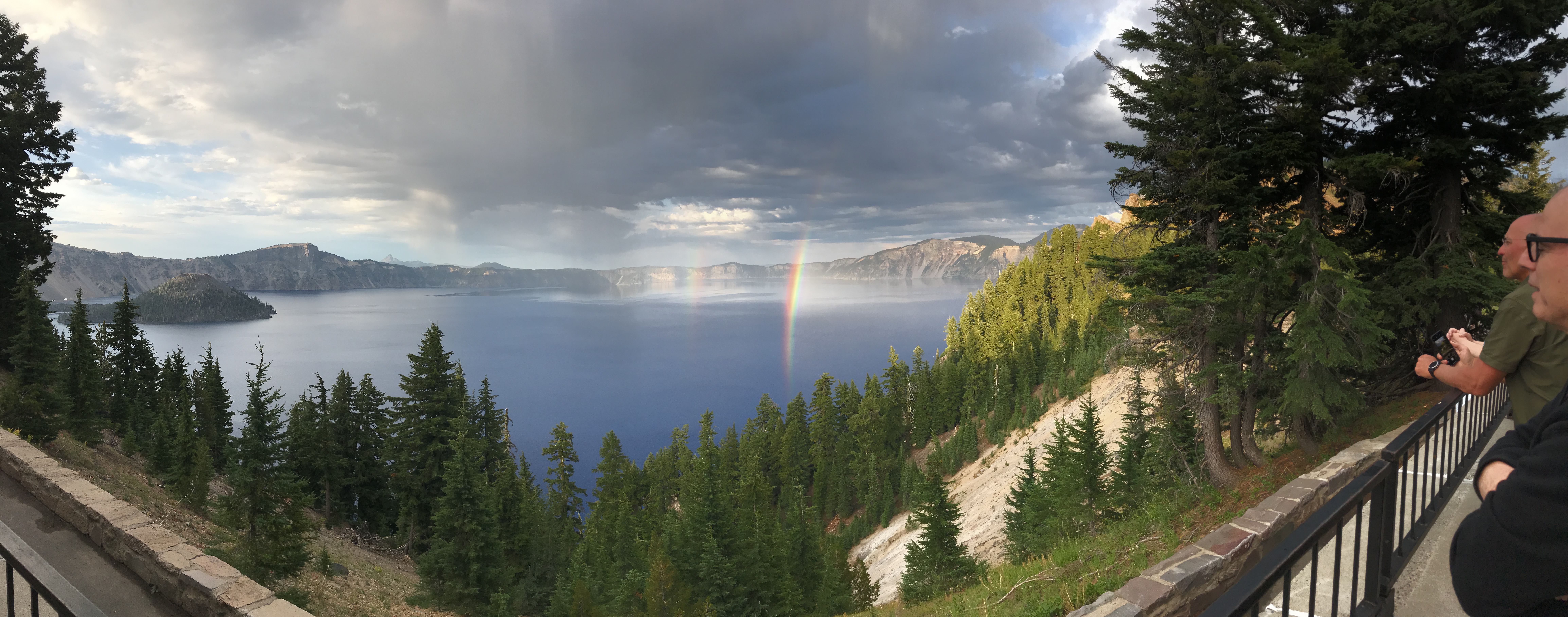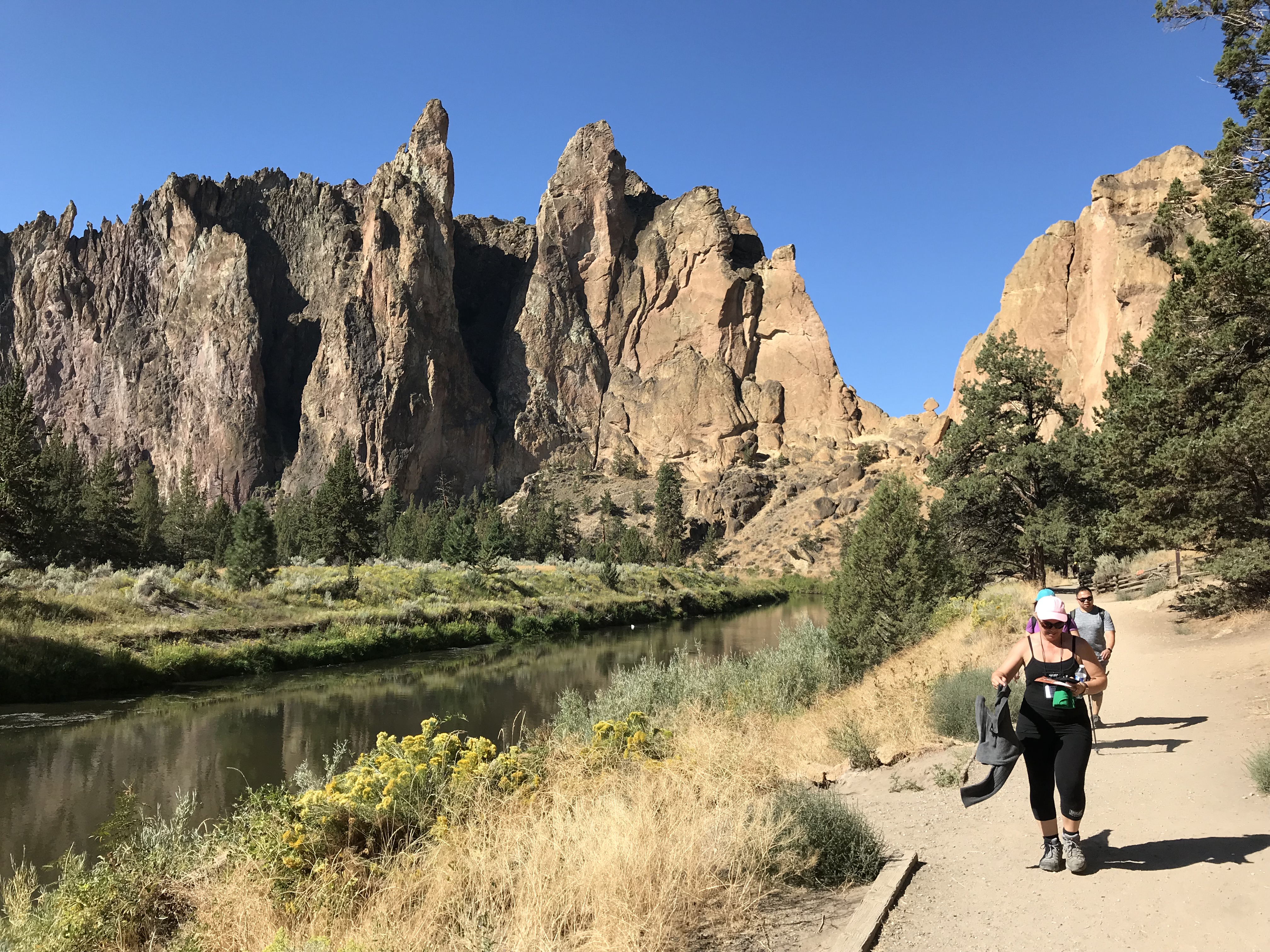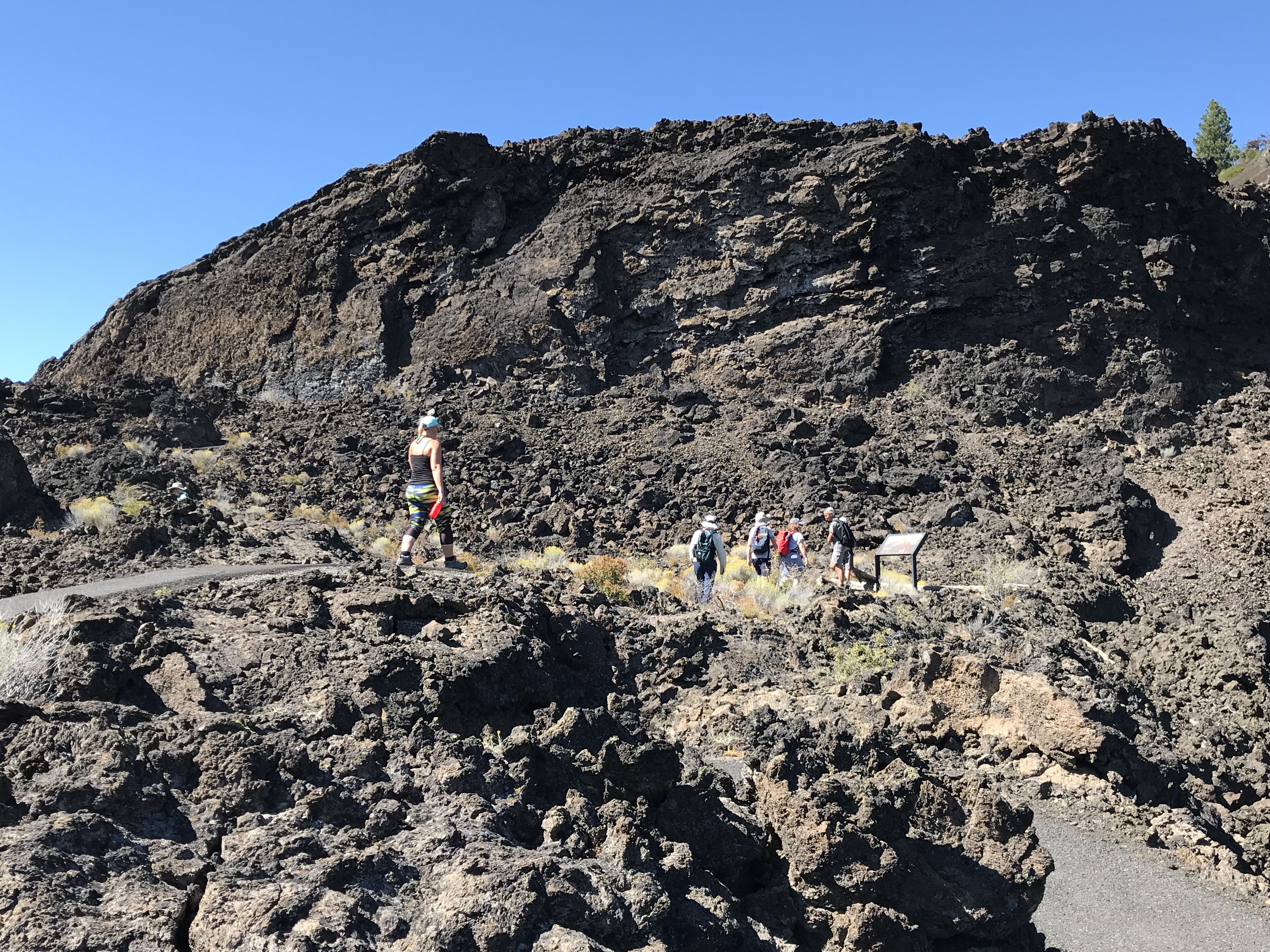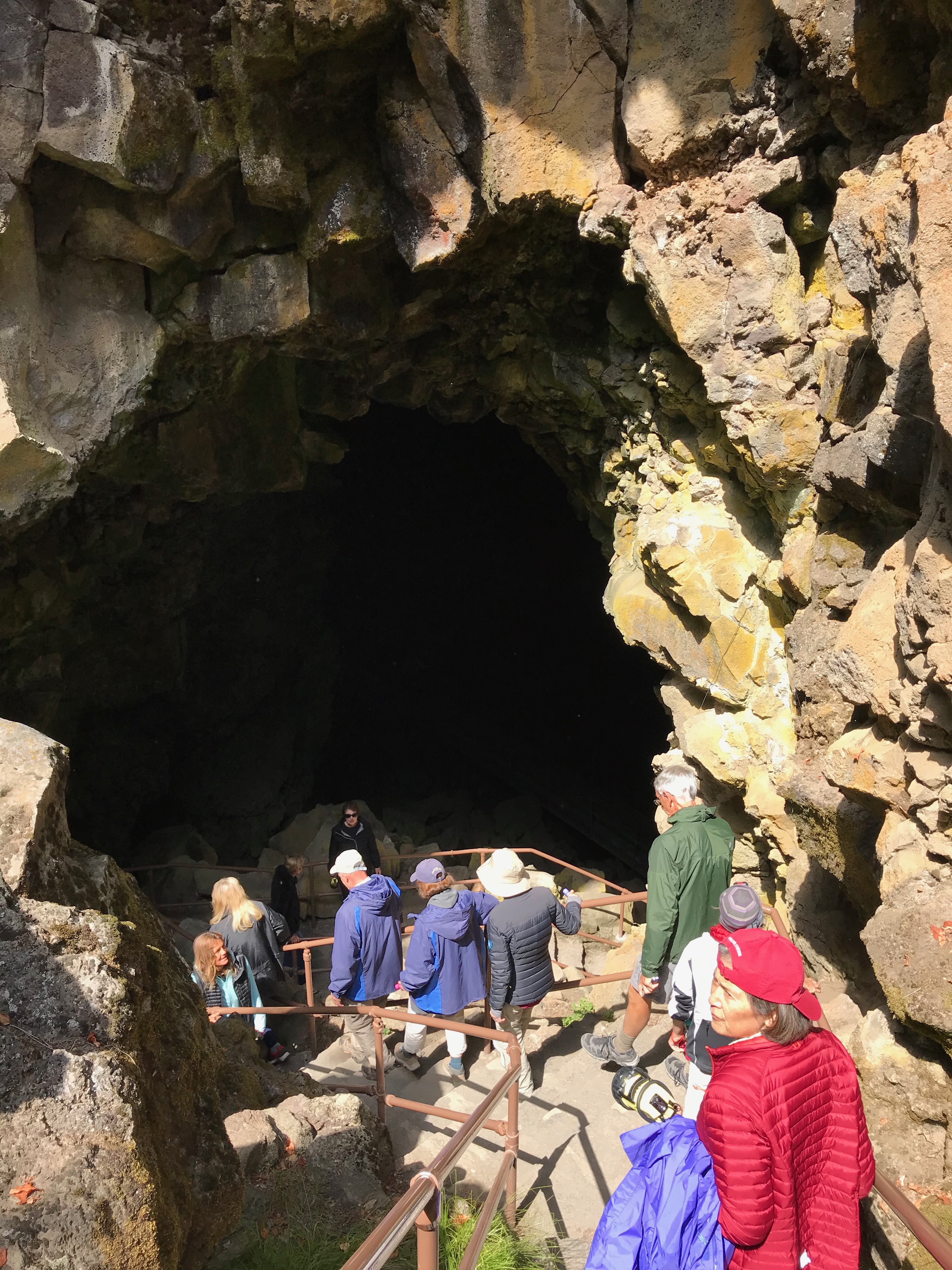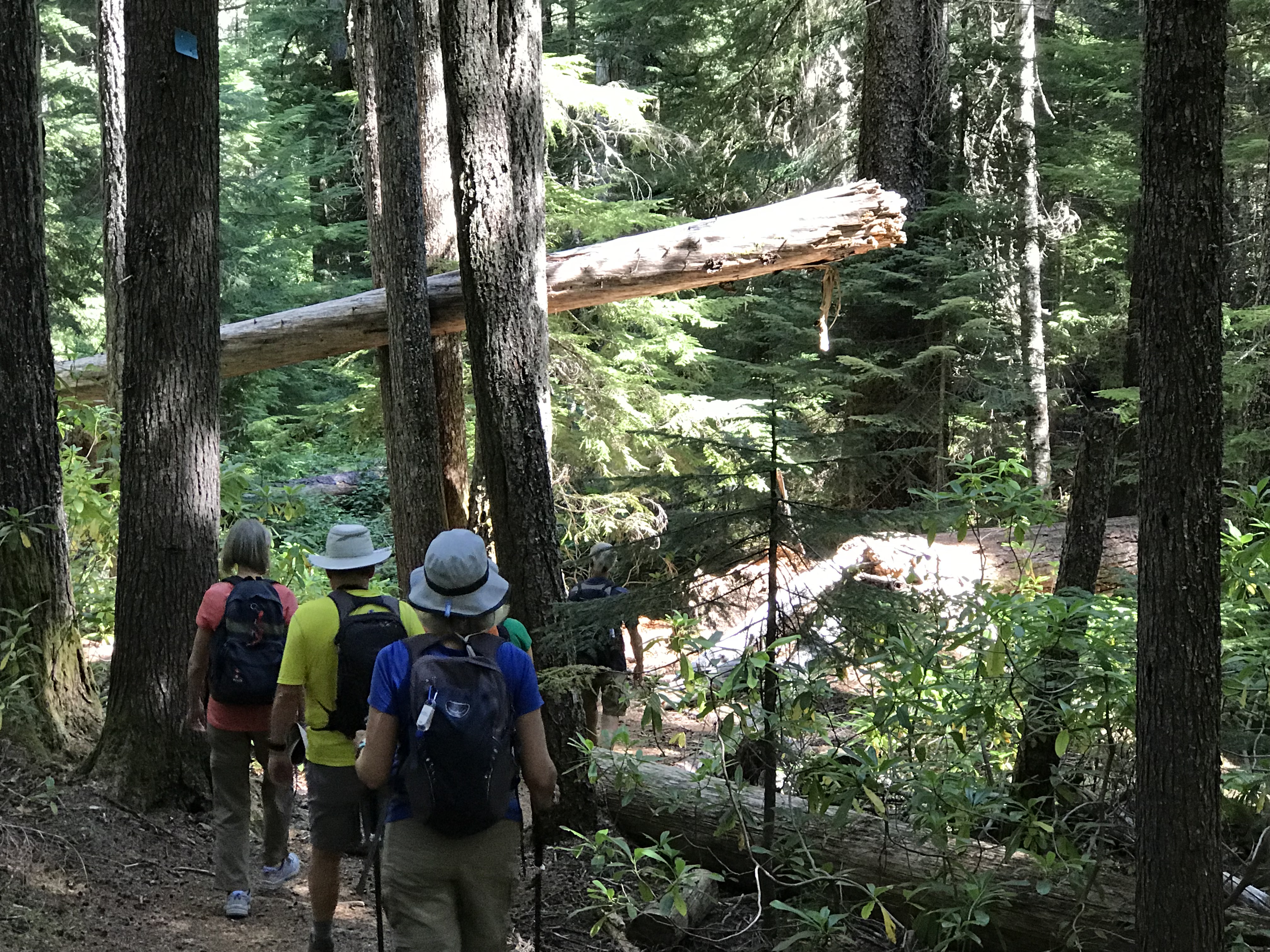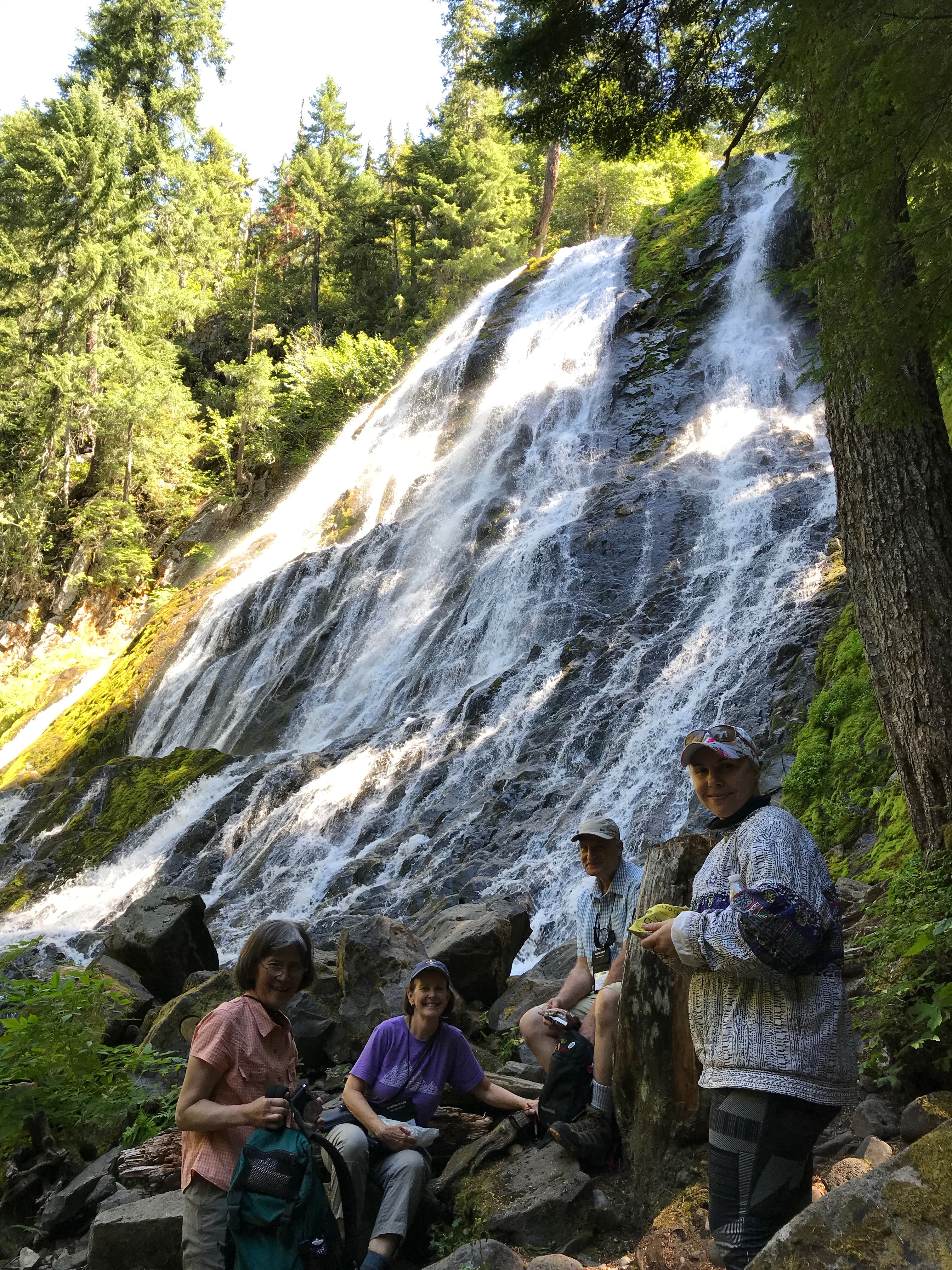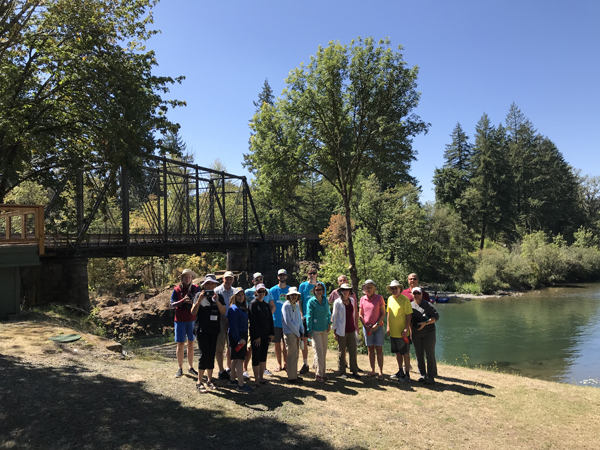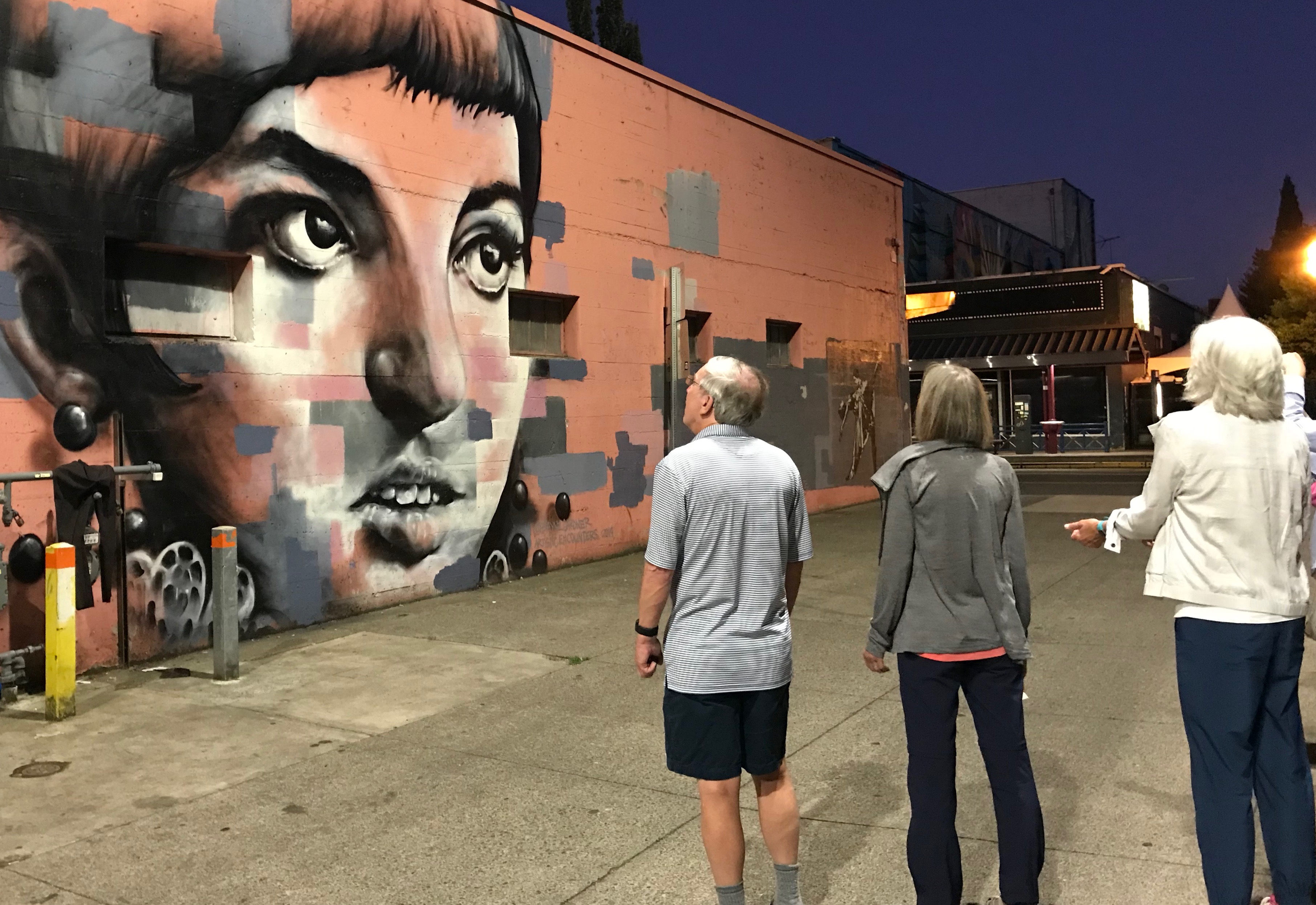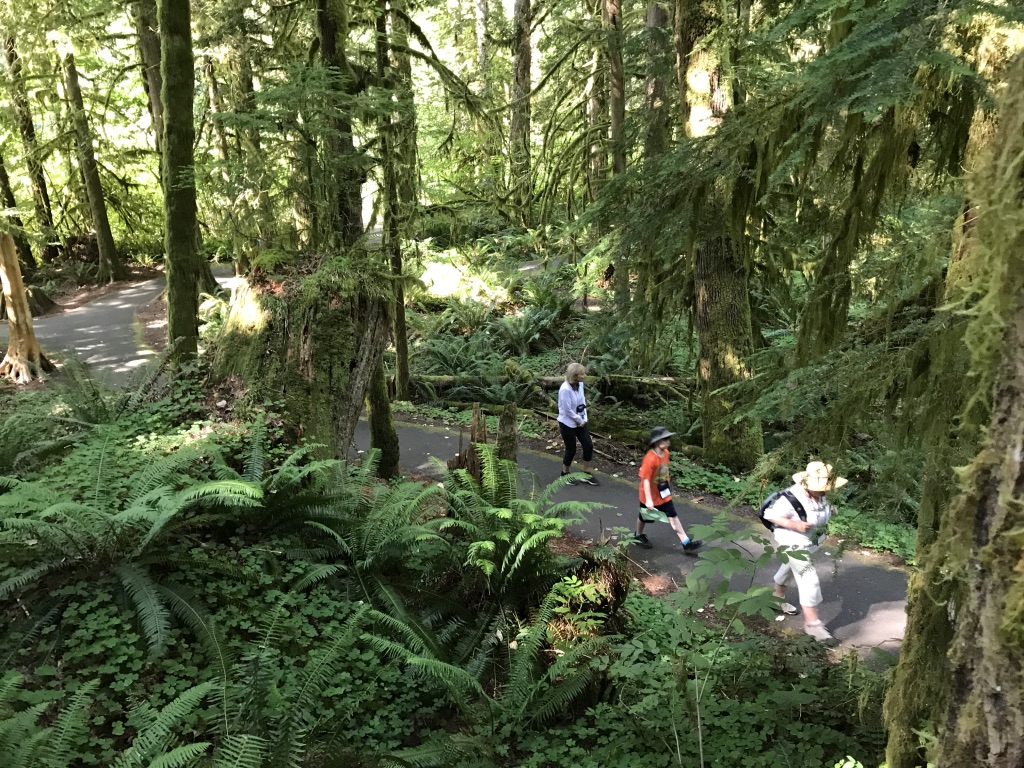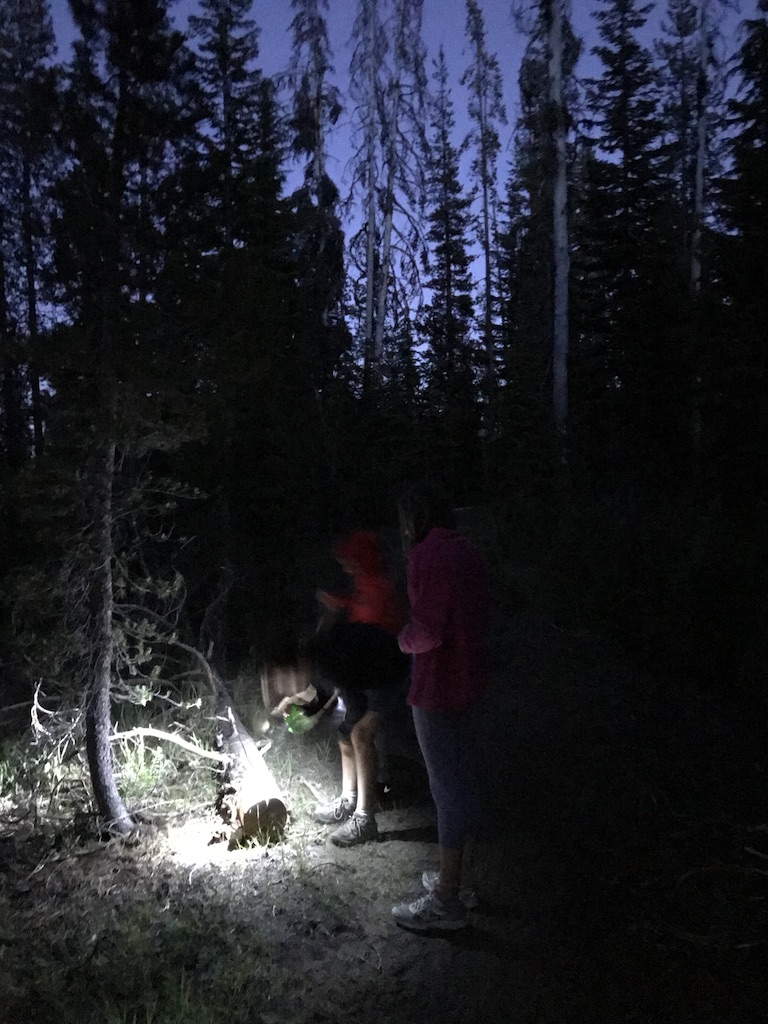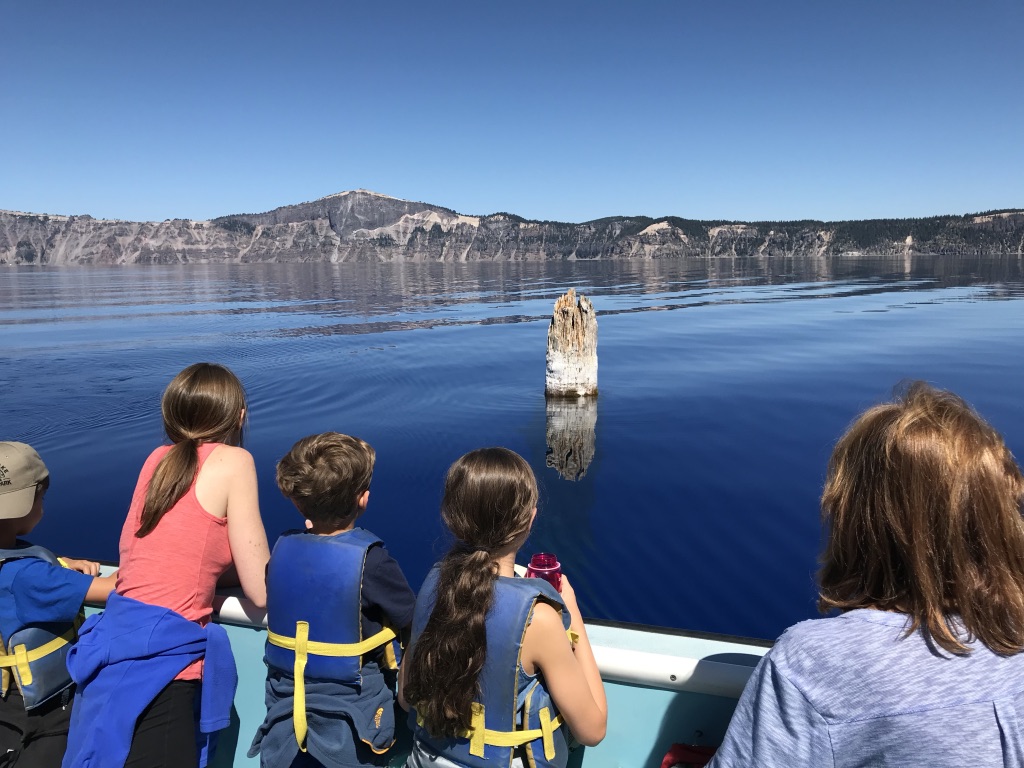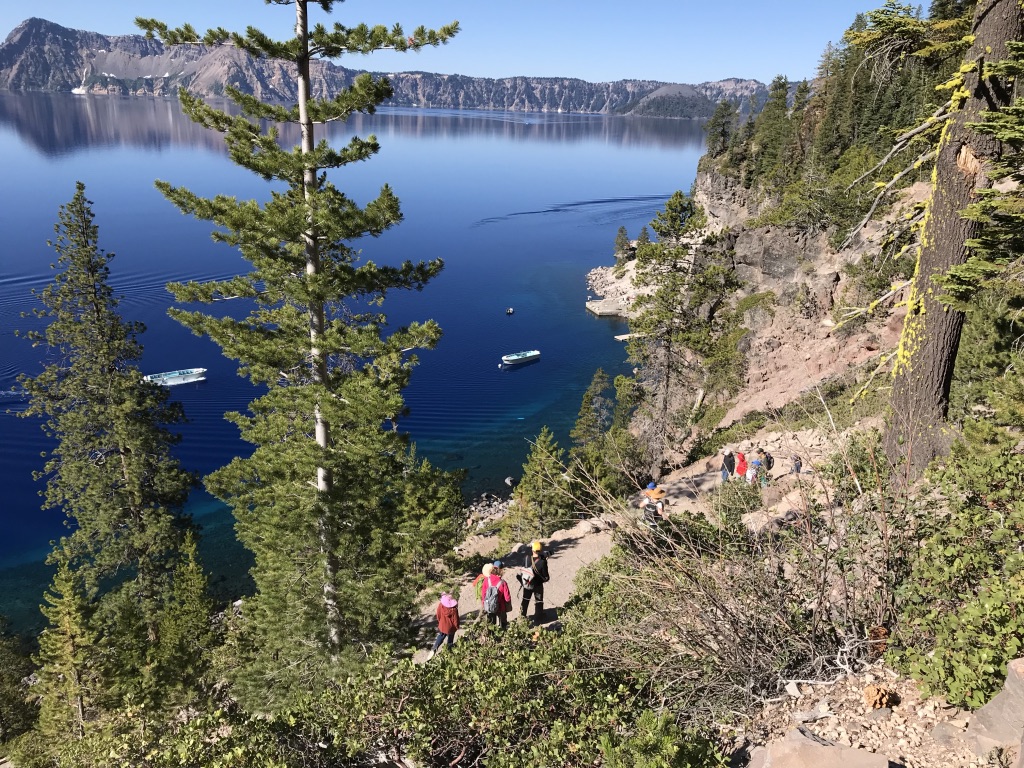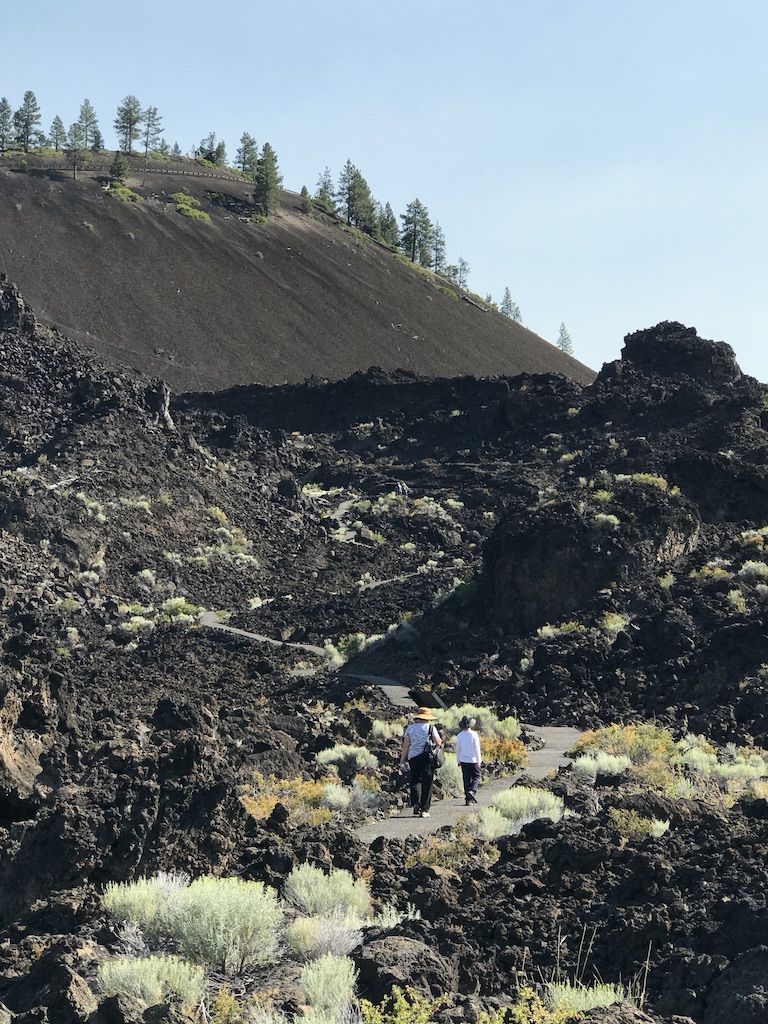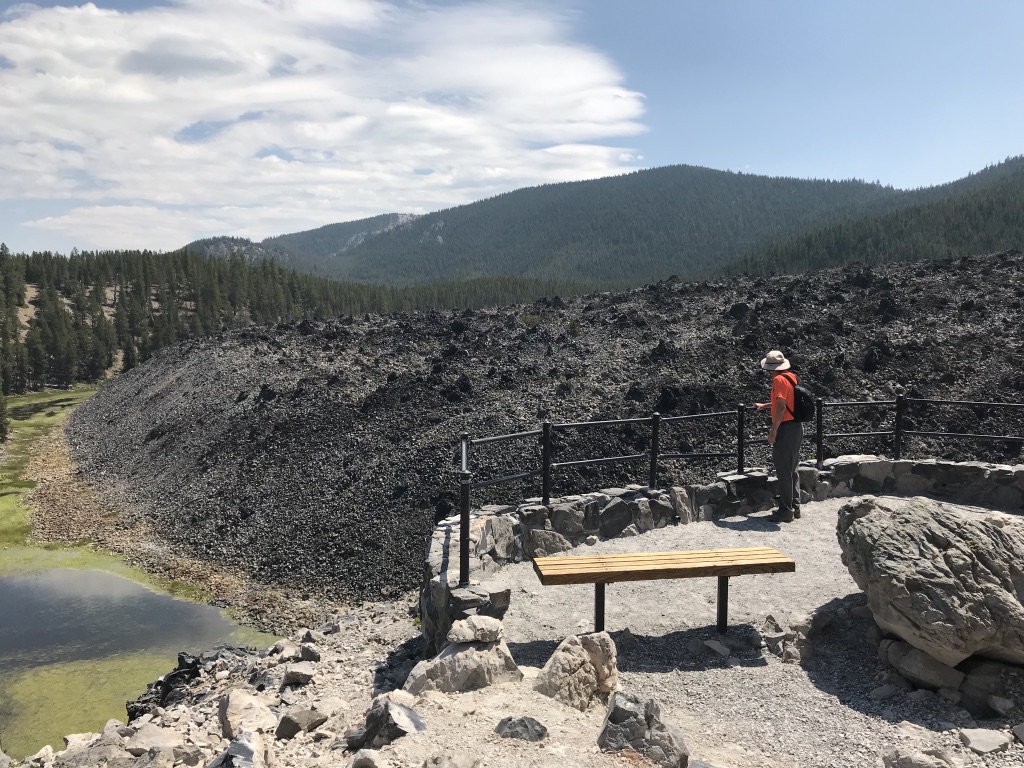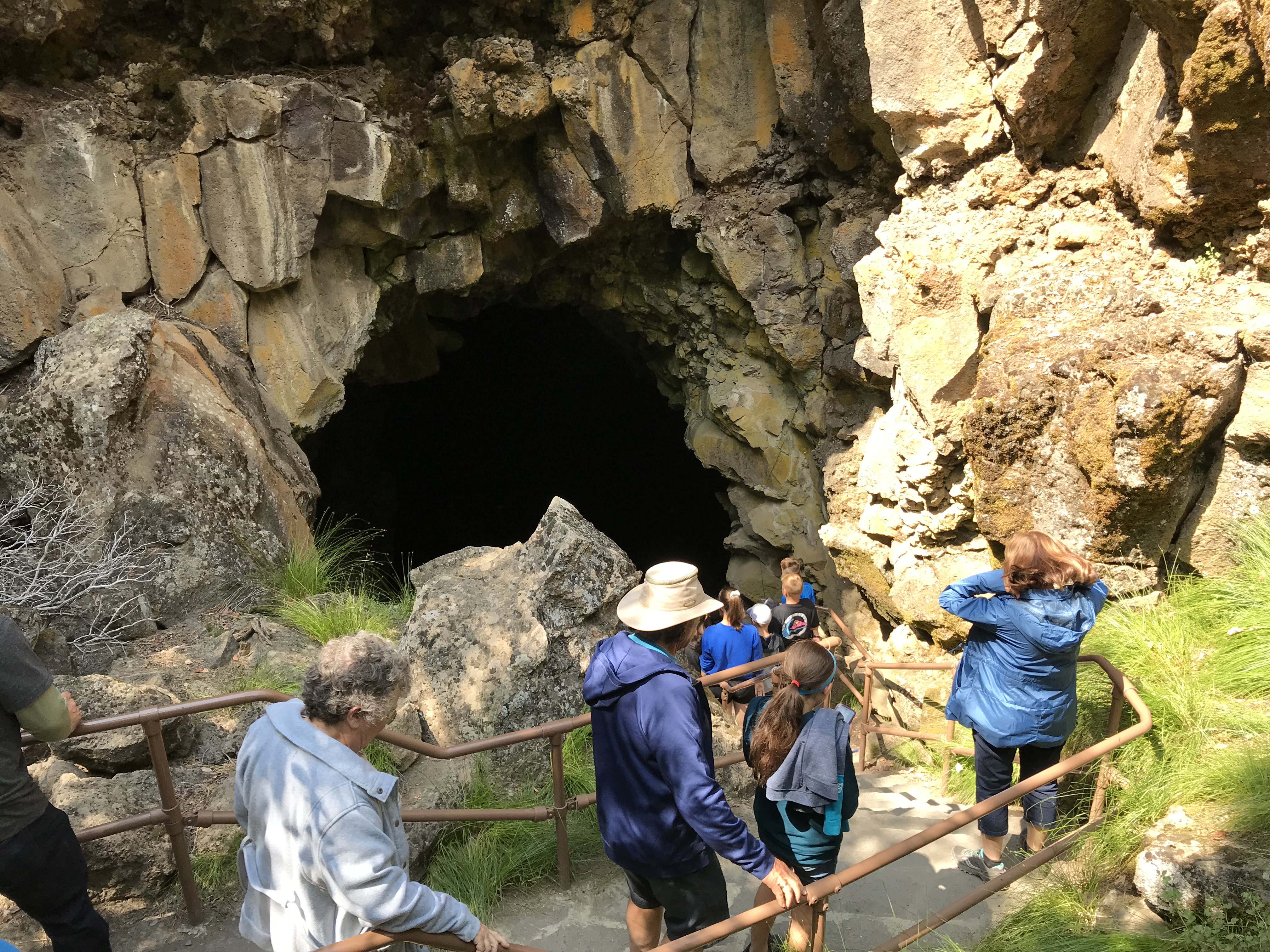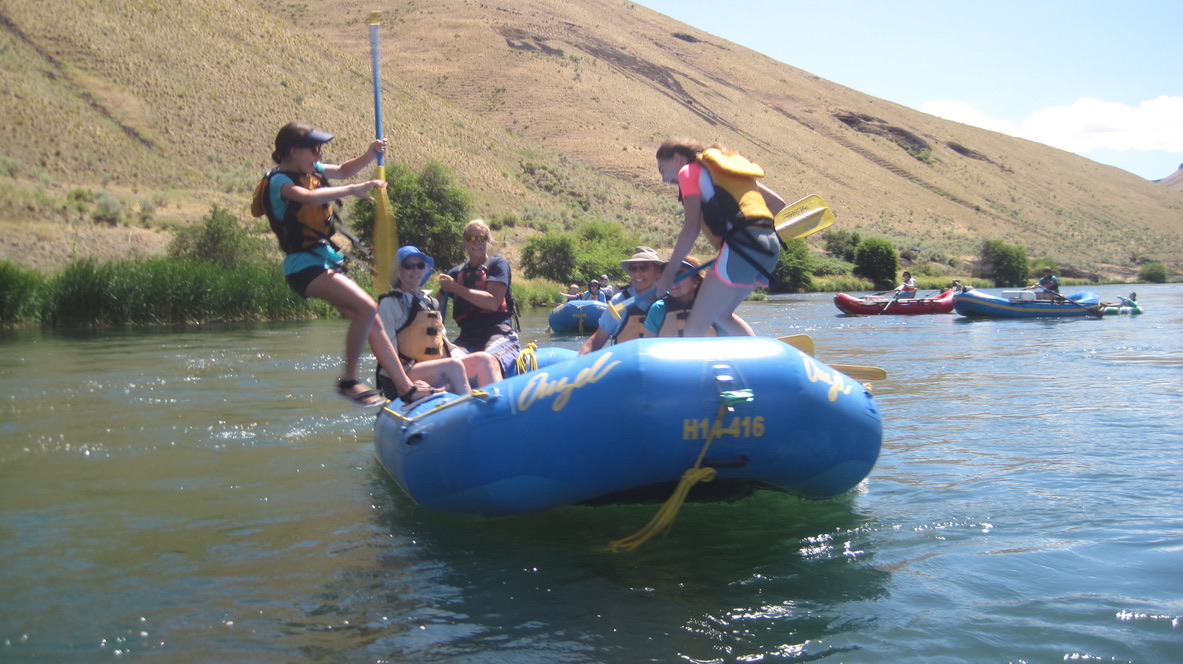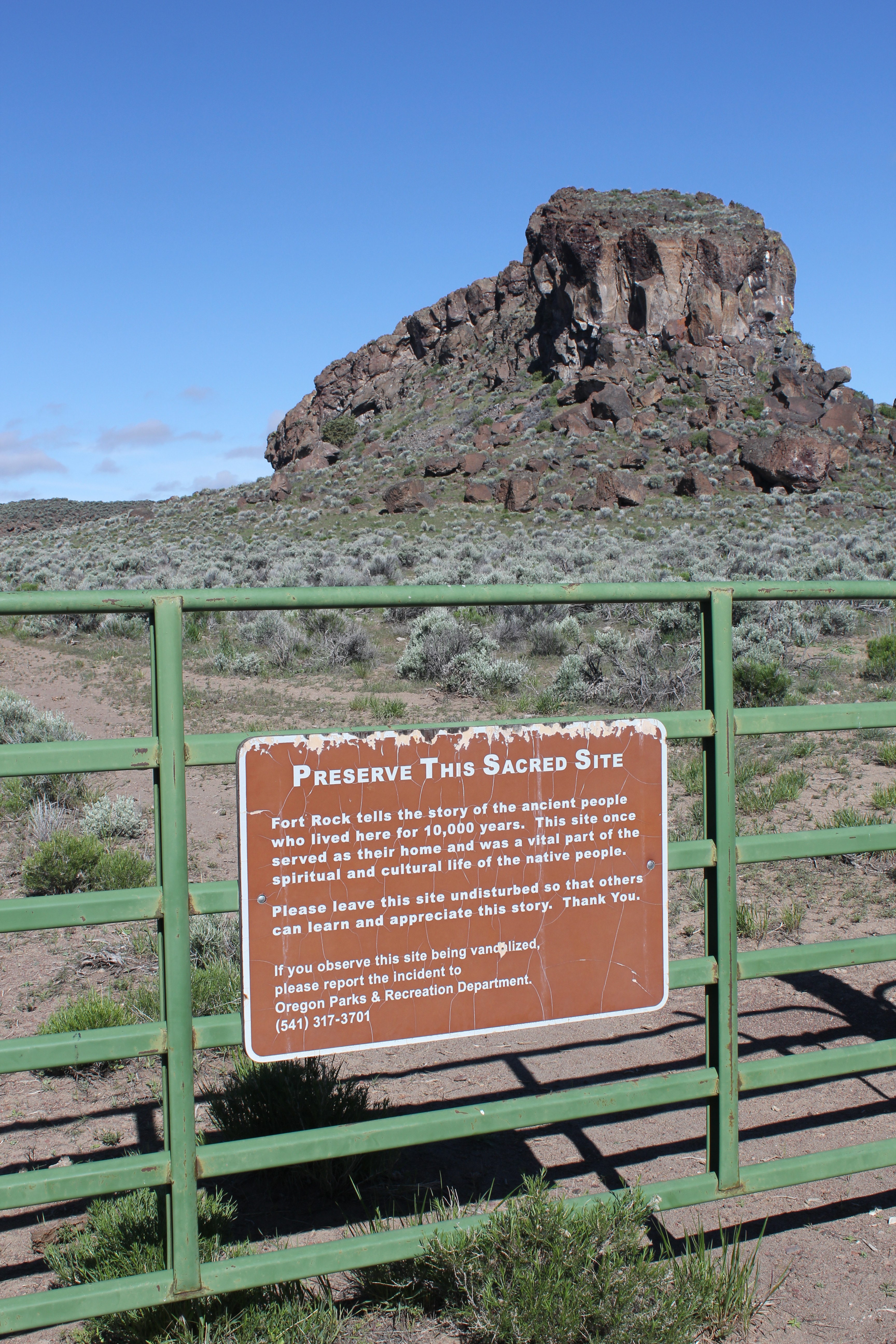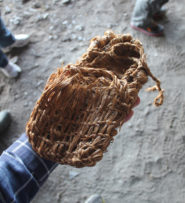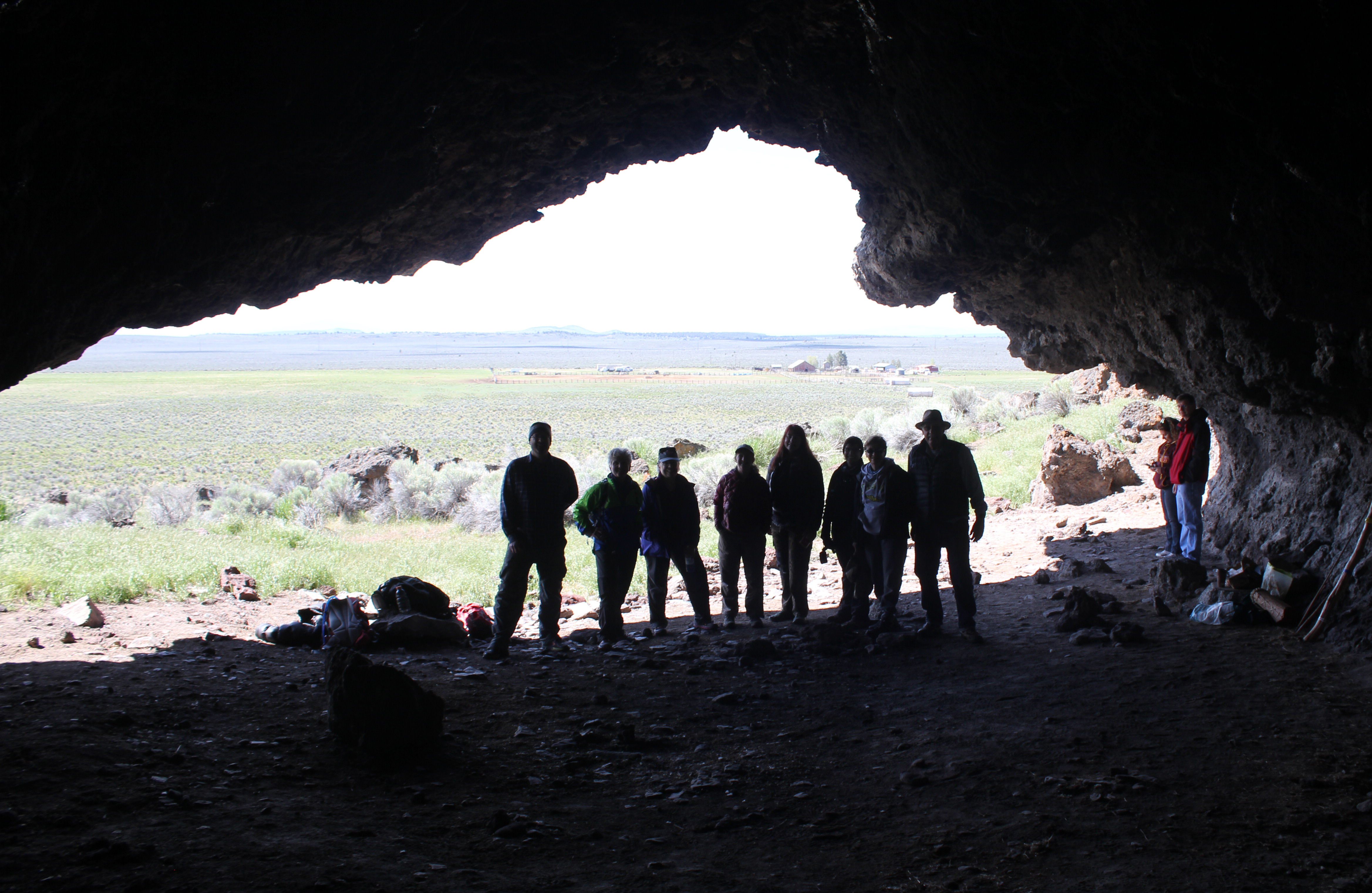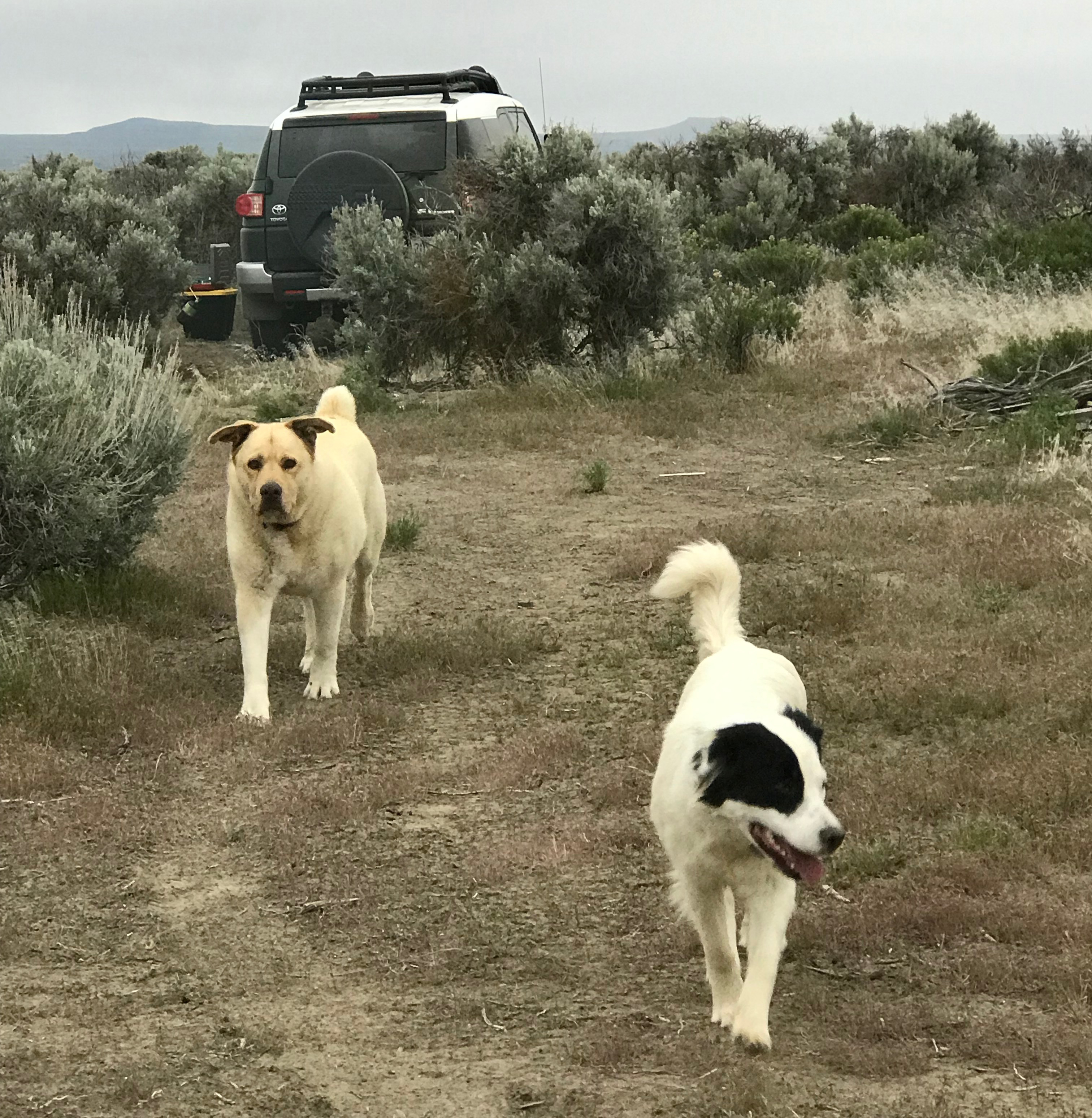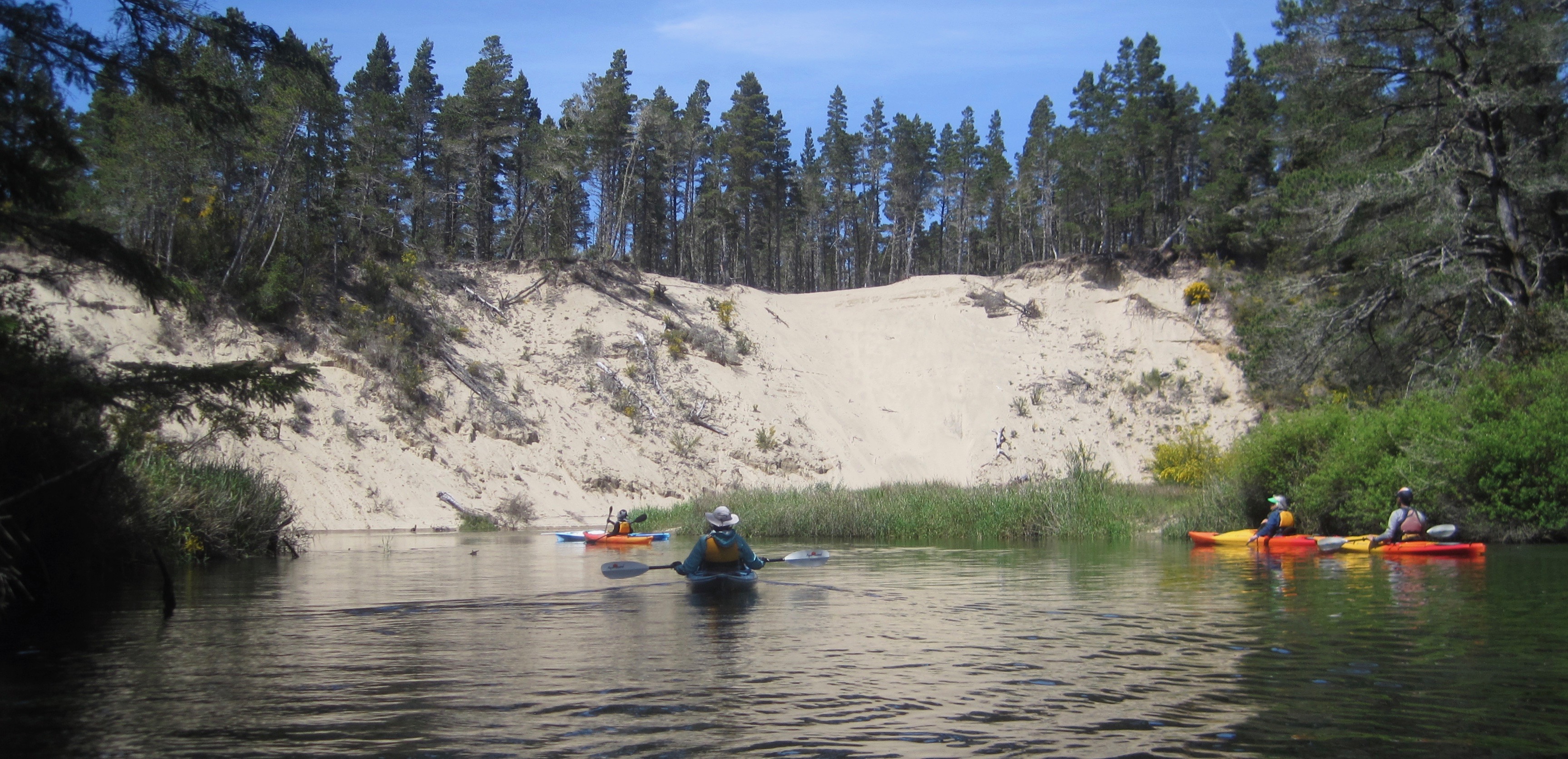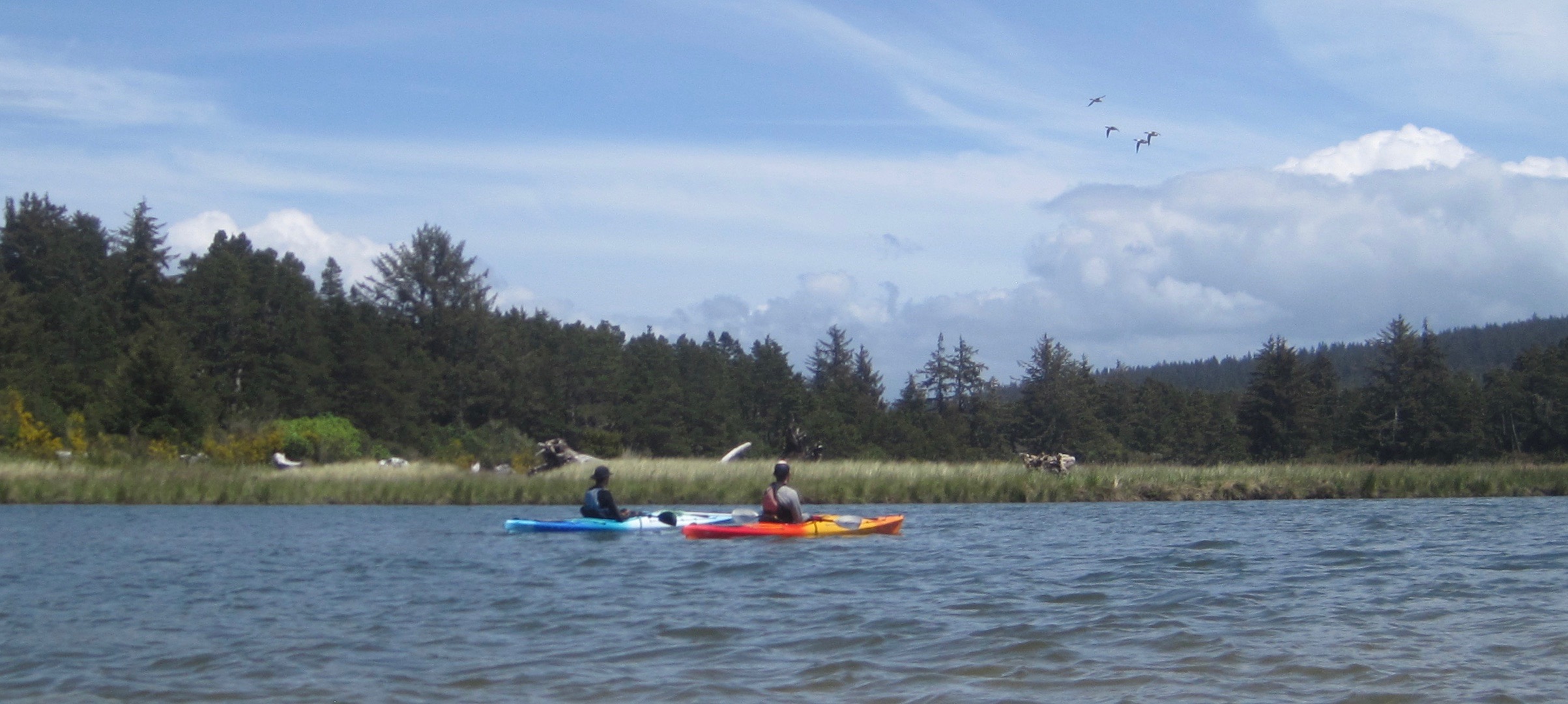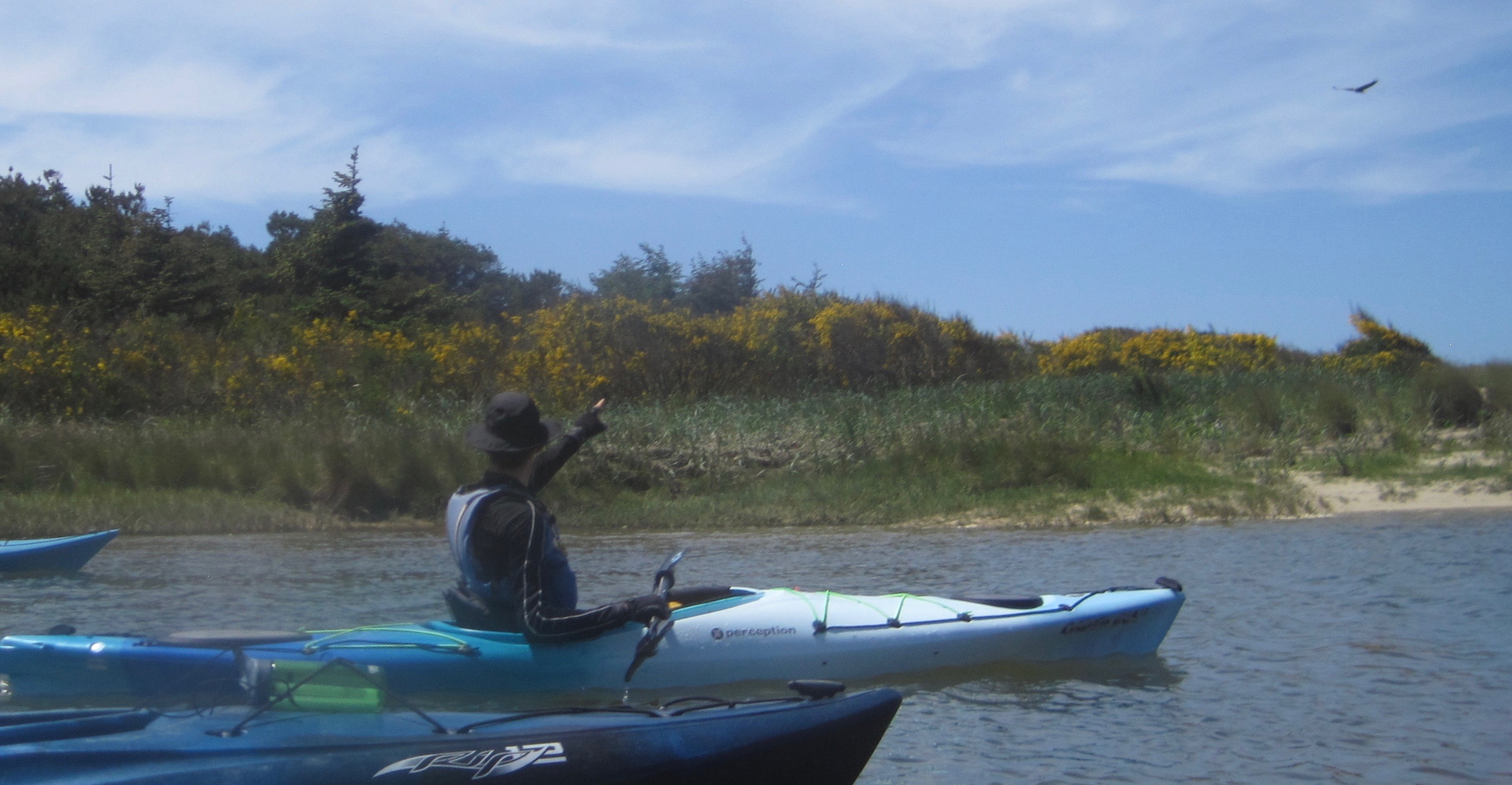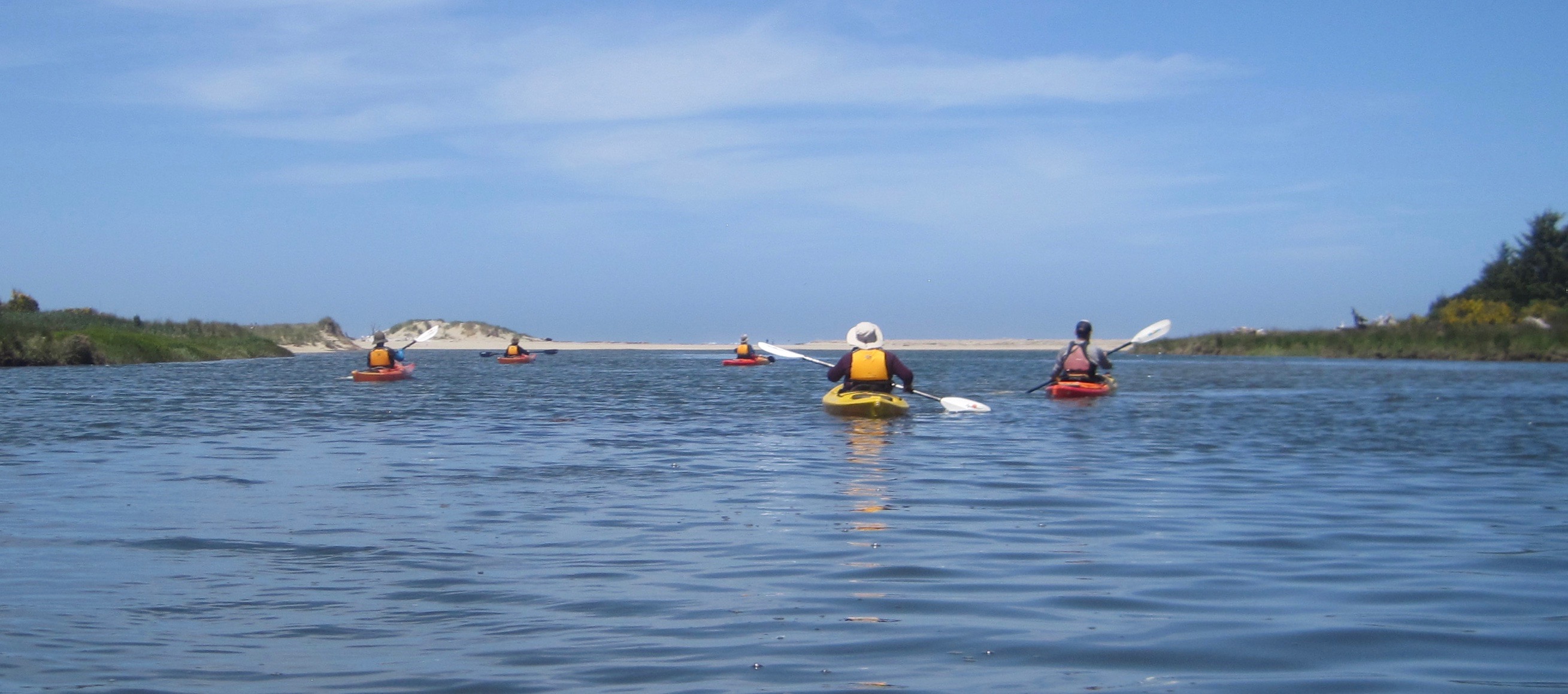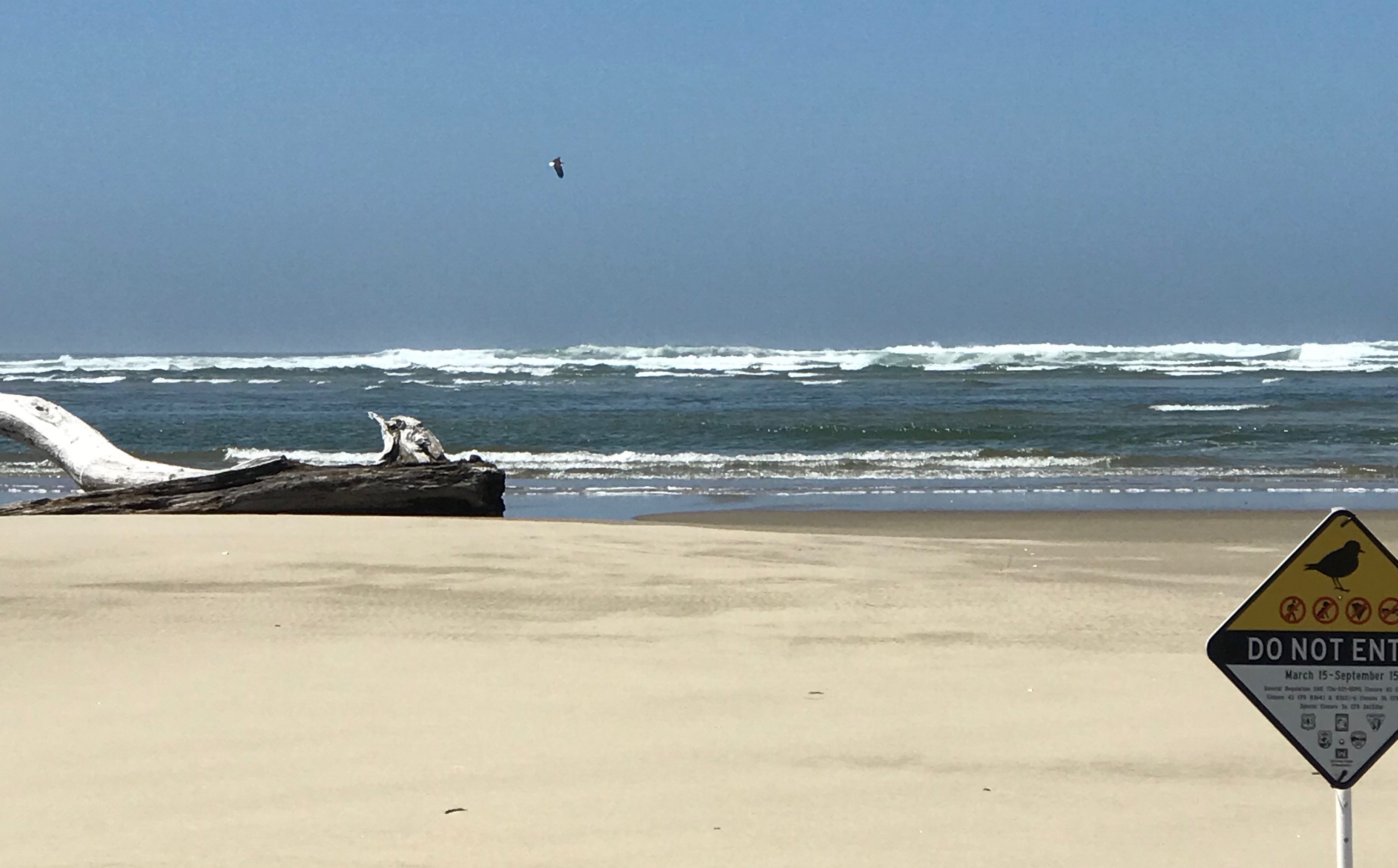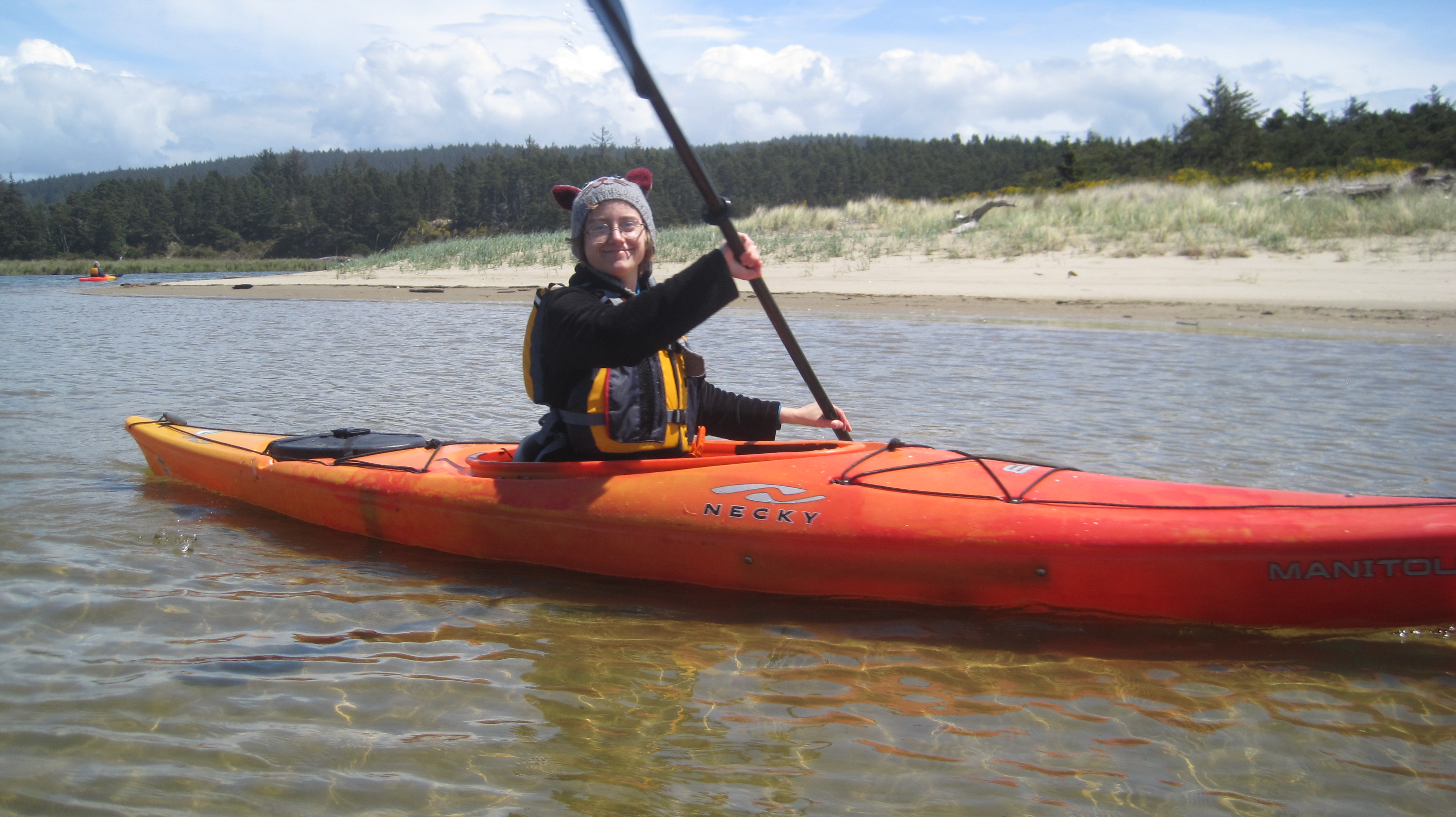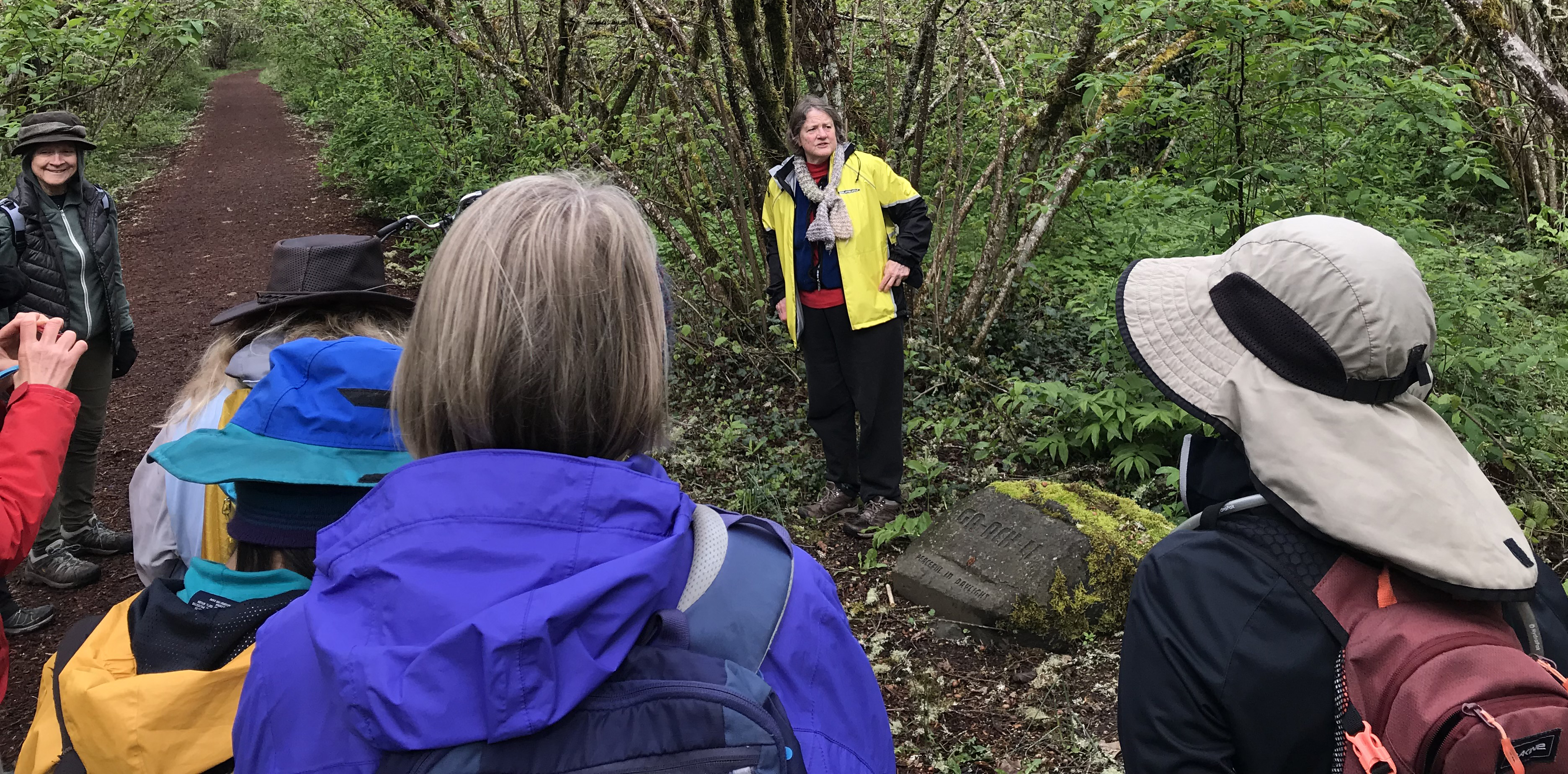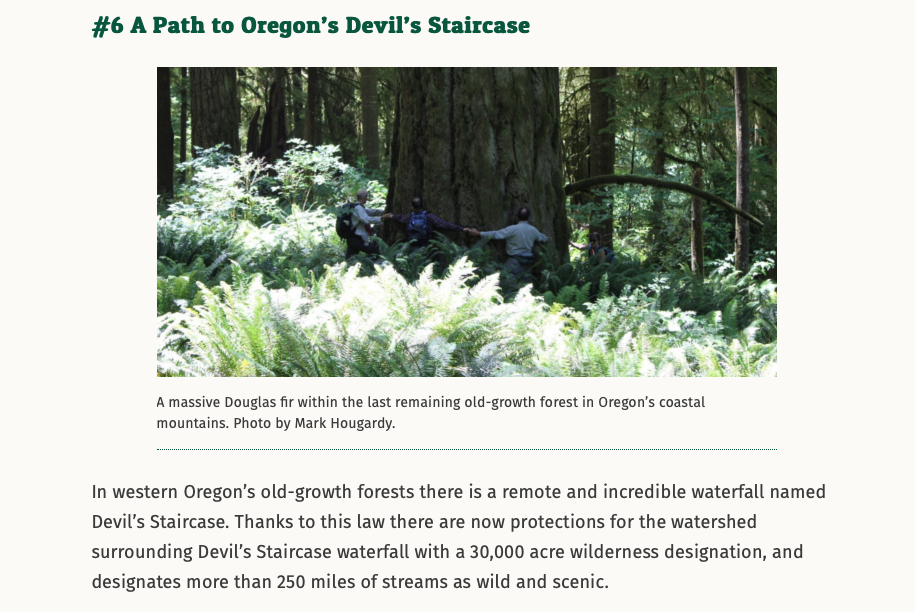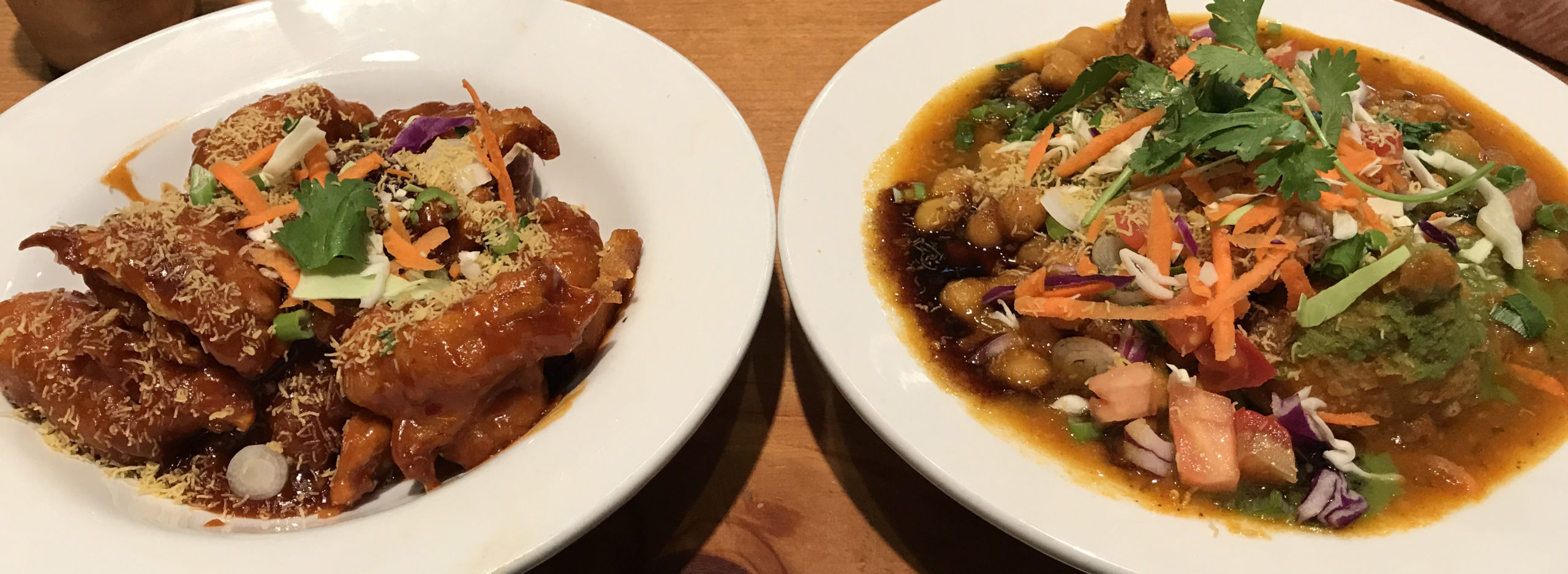 Shown: Two vegan “small plate” dishes enjoyed at an Indian restaurant while on tour; Gobi Manchurian – fried cauliflower tossed in a sweet and sour sauce, and Samosa Chaat – two savory bean and pea pastries topped with a garbanzo bean curry and house chutneys.
Shown: Two vegan “small plate” dishes enjoyed at an Indian restaurant while on tour; Gobi Manchurian – fried cauliflower tossed in a sweet and sour sauce, and Samosa Chaat – two savory bean and pea pastries topped with a garbanzo bean curry and house chutneys.
As a trip leader, I love creating meaningful experiences for participants – especially through food! For me, tour directing and eating vegan are complimentary flavors.
That’s why I’m surprised when fellow guides and tour leaders express derision towards vegans. At a recent annual guide meeting for an educational travel company, these sentiments were expressed in a hot topic segment titled, VEGAN ISSUES. The frustration was palpable as vegans were derided with words such as, “problematic,” “unsociable,” “quiet,” “freaks,” and phrases such as “I wish they would just stay home,” or “Why can’t they eat normal food like everyone else?”.
These responses were not unexpected, because about a decade ago, I had similar views. Fortunately, I tried to become a better guide and I learned about such matters. I eventually learned that vegans aren’t problems on tour. For the trip leader of any meaningful or transformative travel experience, what is required is a better knowledge of the audience.
To help my fellow guides, here are seven tips to help them to better understand the vegans in their group. This is not an exhaustive list, but it is a start. These 7 points originate from actual questions I received from fellow guides.
1. Why are vegans, vegan? And, what is plant-based?
Vegans eat the same food as everyone else, except it’s not made from animals. Vegans value compassion. They seek to eliminate, as much as practical and possible, the use of and exploitation of animals in their everyday lives. They understand the most immediate way to enact compassion is to control what they put on their plate. Another group to know about is plant-based travelers; they eat plants solely for dietary or health benefits. Veganism takes plant-based a step further and includes the ethical component.
2. Why are vegans quiet?
Vegans are often stereotyped as being quiet. Some can be. Many vegans tend to be reserved when traveling because they don’t want to be judged or derided. Here are some actual quotes from tour directors:
- “Why don’t they eat like normal people?“
- “If they can’t eat normal food on a tour, they should be made to eat what the rest eat!”
- “They seem smart, too bad they can’t figure out what they’re going to eat this week.”
Any traveler might be quiet when a tour director’s personal biases (yes, biases) are communicated. Trip leaders need to understand that everyone on their tour wants to eat good-tasting, wholesome food. Vegans want food without the animal or hidden animal products.
3. Why are they vegan at home, but not while traveling?
I often hear trip leaders say, “Why are they vegan at home, but not while traveling?” At home, all of us can control ingredients, quantity, salt, oils, etc., but this can be very difficult for anyone during a week-long travel program. Vegans have learned to be pros when it comes to ordering food selectively at restaurants to avoid hidden animal products, substituting side dishes, or supplementing their travel meals by visiting the store. However, on tour, most of the travel company’s pre-selected restaurants on an itinerary are solidly meat-centric. When confronted with zero choices, many vegan travelers just won’t eat. Others might order various side dishes to create something of a meal. Others might make a ‘what causes the least harm’ decision. Maybe they need to eat something they normally would not so they have the energy to enjoy their trip. Maybe, they need to regulate blood sugar or take medicine with food.
4. Why don’t they eat the restaurant’s special vegan meal?
The biggest frustration I’ve heard from tour directors is that the specially prepared vegan meal rarely gets eaten. I can say without hesitation – 95% of the specially prepared vegan meals on tours are notoriously bad. These vegan meals might be made well-intentioned, but non-vegan staff often have no idea what vegans eat. The results can range from lackluster to downright frightful. If someone on tour is skipping meals, their basic needs are not being met.
5. What about vegans eating alternative meat on tours?
The target audience for alternative meat products (like Impossible Burger or Beyond Meat) isn’t plant-eaters, the target audience is meat-eaters who want to reduce the amount of meat they are eating. To many vegans, alternative meat is junk food and is eaten sparingly.
6. What do vegans eat?
Vegan food can be as diverse as a fresh salad or pizza. Vegan food can run the range of food as apples, bananas, blueberries, oranges, strawberries, broccoli, carrots, cauliflower, kale, lettuce, potatoes, corn, green peas, winter squash, barley, millet, oats, quinoa, wheat berries, brown rice, black beans, chickpeas, lentils, pinto beans, walnuts, pumpkin seeds, tahini, almond butter, or even rice, soy, oat, almond, and cashew milk. The entire vegetable and fruit aisle at the store is vegan. A good part of the grain aisle and some of the bread aisle is vegan. Additionally, there are plant-based mayonnaise, cheeses, and other sandwich condiments that taste like traditional products and are cost-effective. On the social side, most french fries and beer are vegan. There’s no shortage of plant-based foods or creative ways to eat vegan while on tour, here’s a few:
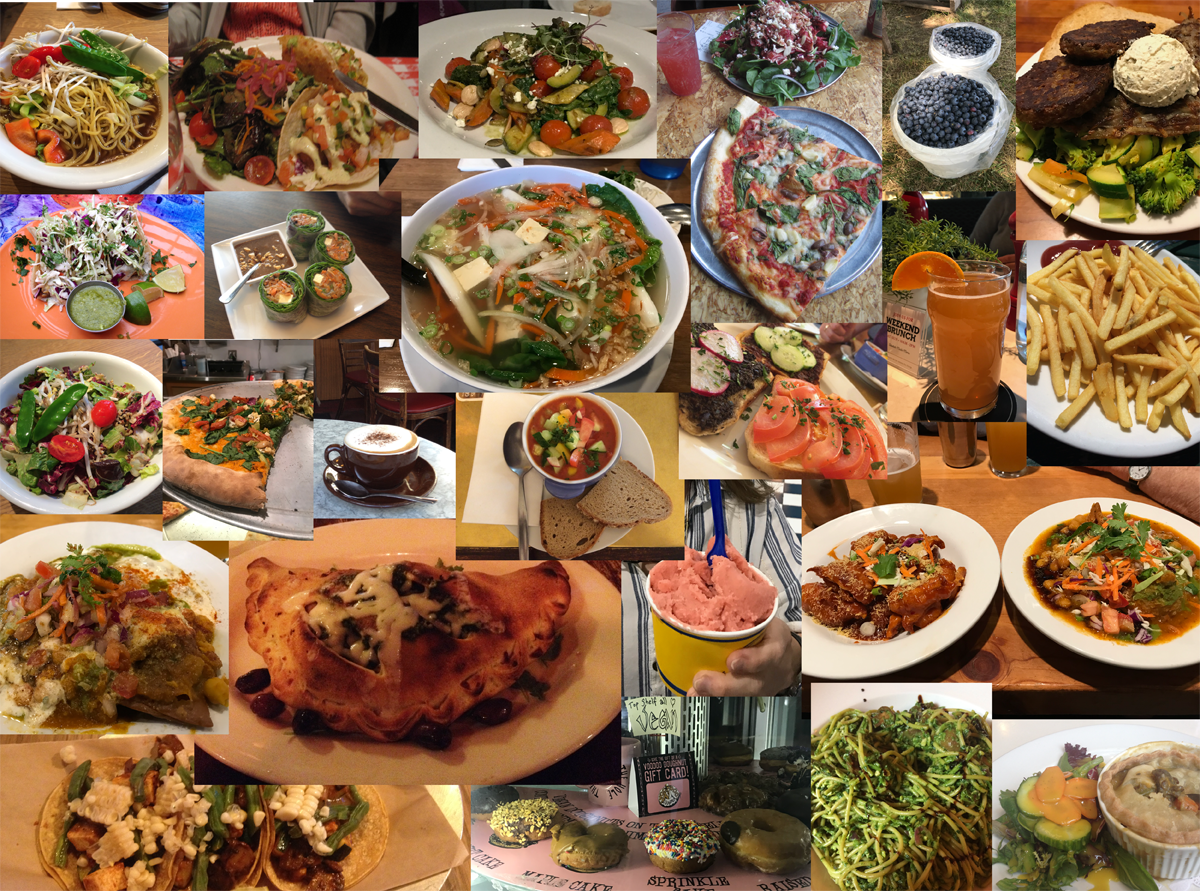
Shown: Some of the vegan meals, desserts, and snacks served on the tours and trips I’ve led.
7. How should I talk to the vegan on my tour?
Have a conversation as you would with any human being on your trip. Remember, vegans want to eat delicious food too. If they have a question about food it’s originating from a place of compassion. Use compassion as a starting point – as you should with all travelers. I try to set this tone in my pre-trip welcome letter, I explain that while our trip has made efforts to eat at places that offer a variety of foods some of the menus can be limited. I add that we will have an opportunity to stop by a local grocery store so all participants can supplement food, and grab something fresh and healthy if needed. At times when travelers explore a town on their own, I always find a local restaurant that offers a selection of vegan options and invite others to join me. I also speak with the office about locating restaurants that are generally healthier. During the tour, if needed, I speak with kitchen staff to see about suggestions for substitutions.
On a tour, everyone can experience new places through local tastes. It does require some up-front communication with travelers about what to expect on a trip. It also requires some greater knowledge of your audience.
Note: The list of foods on #6 comes from Forks Over Knives










